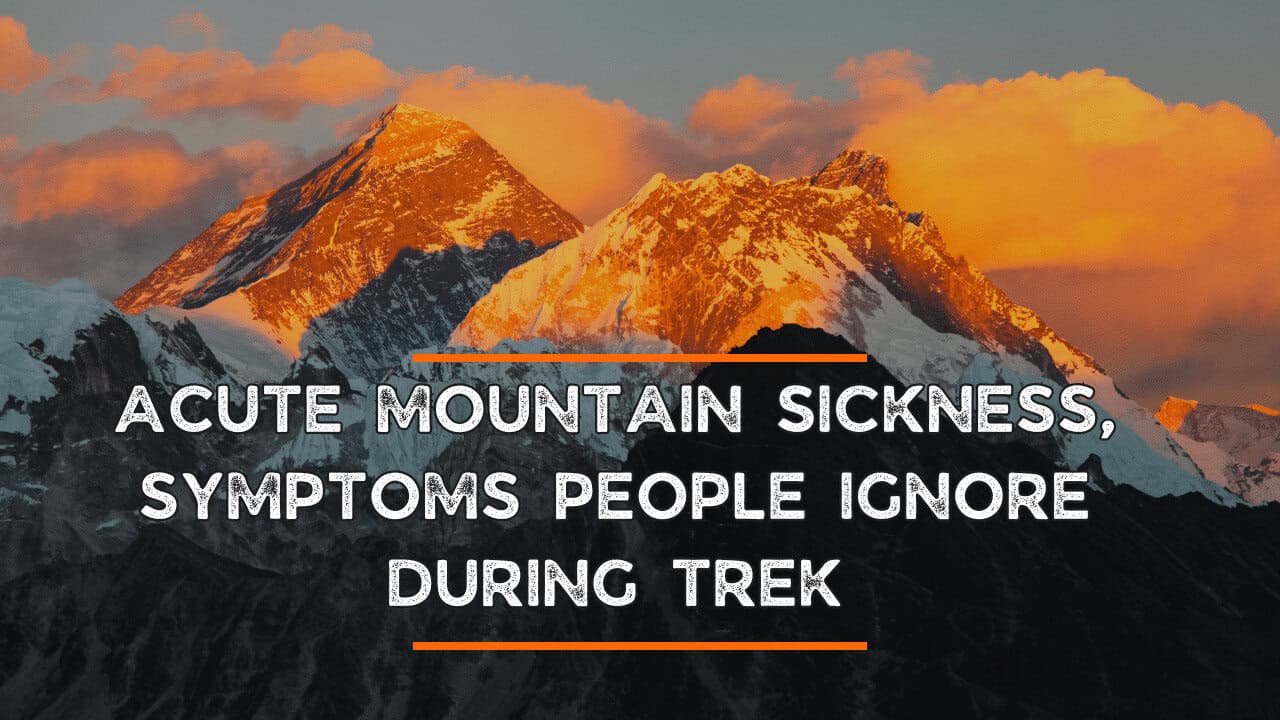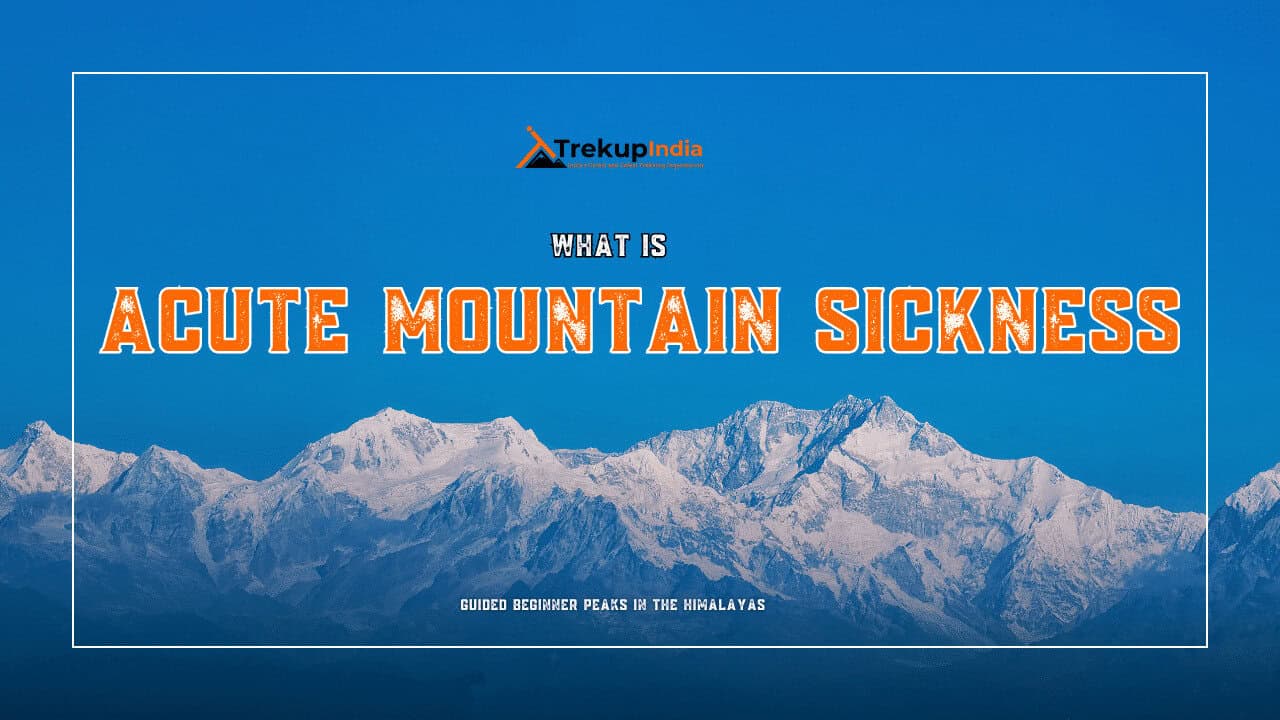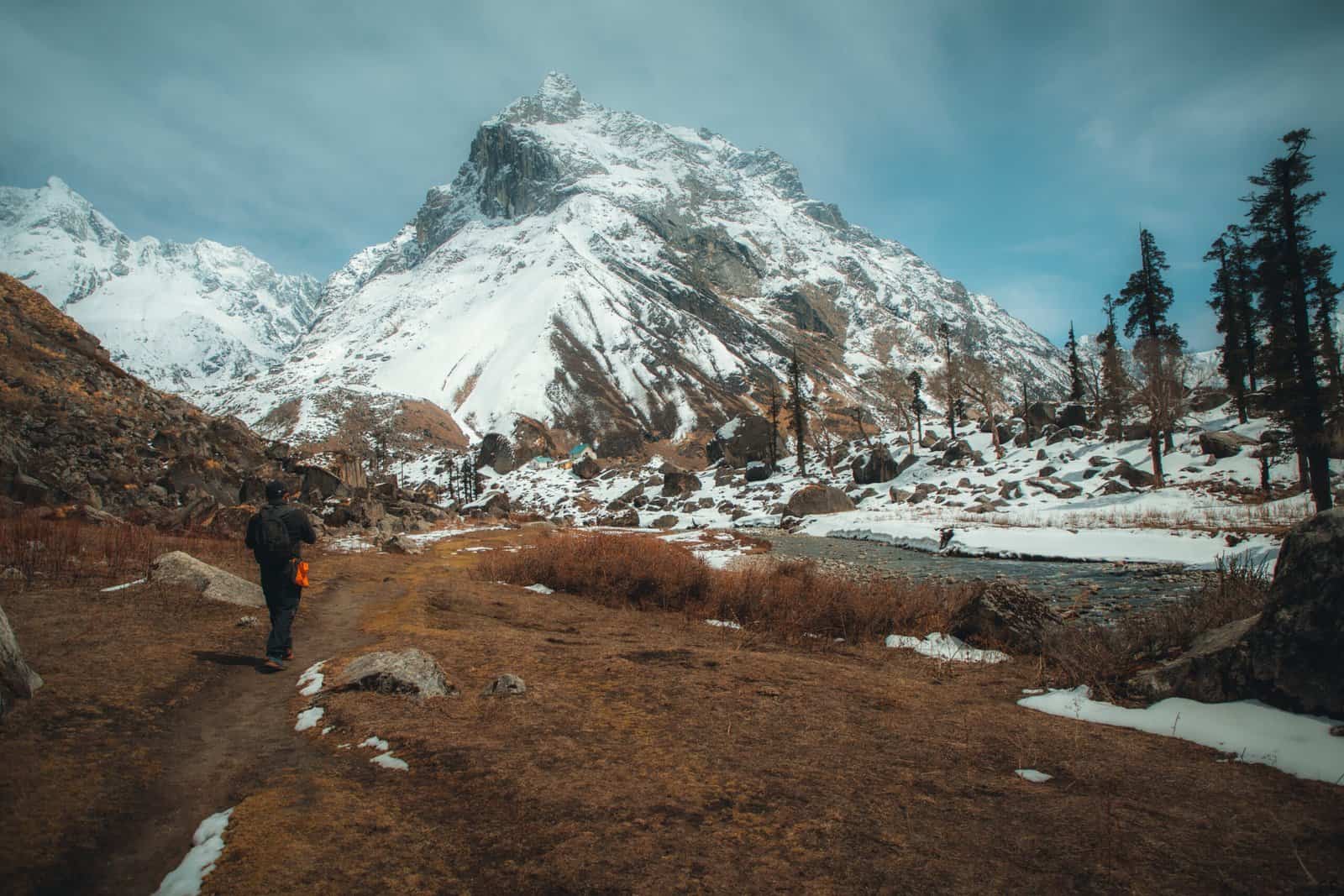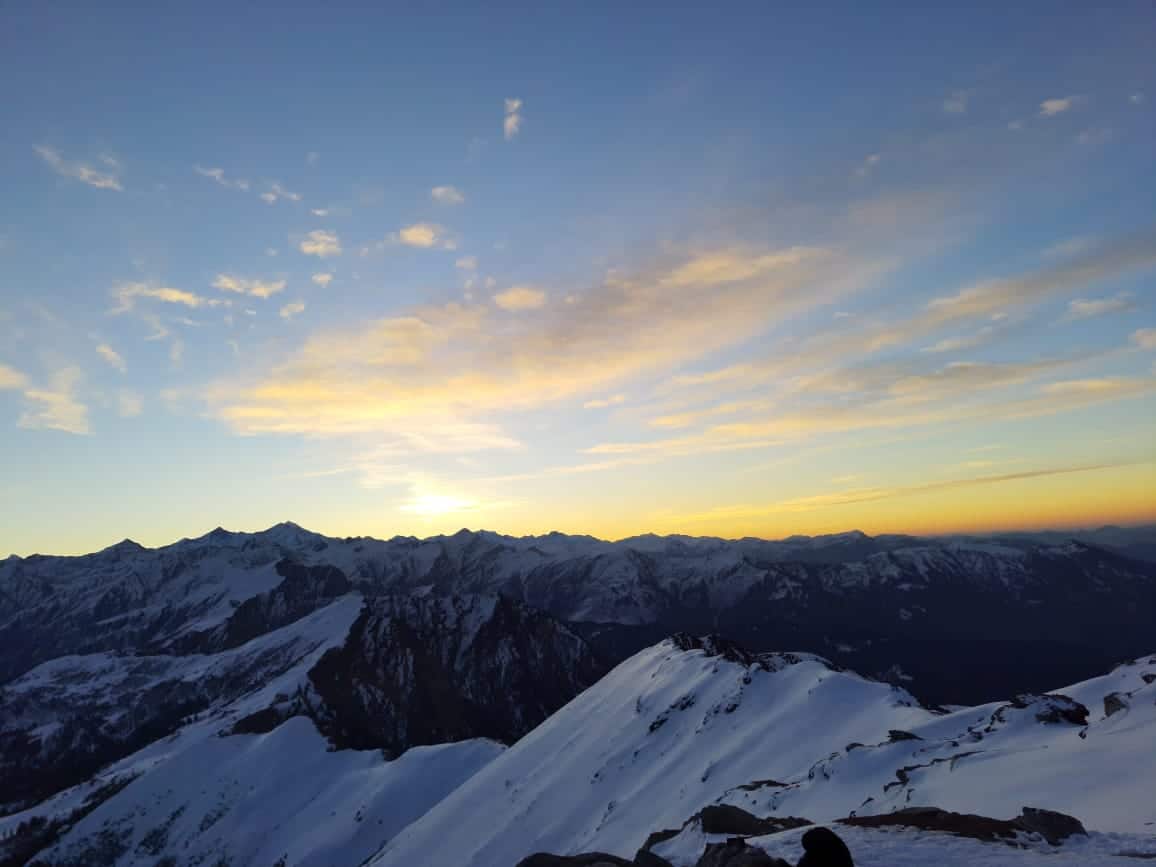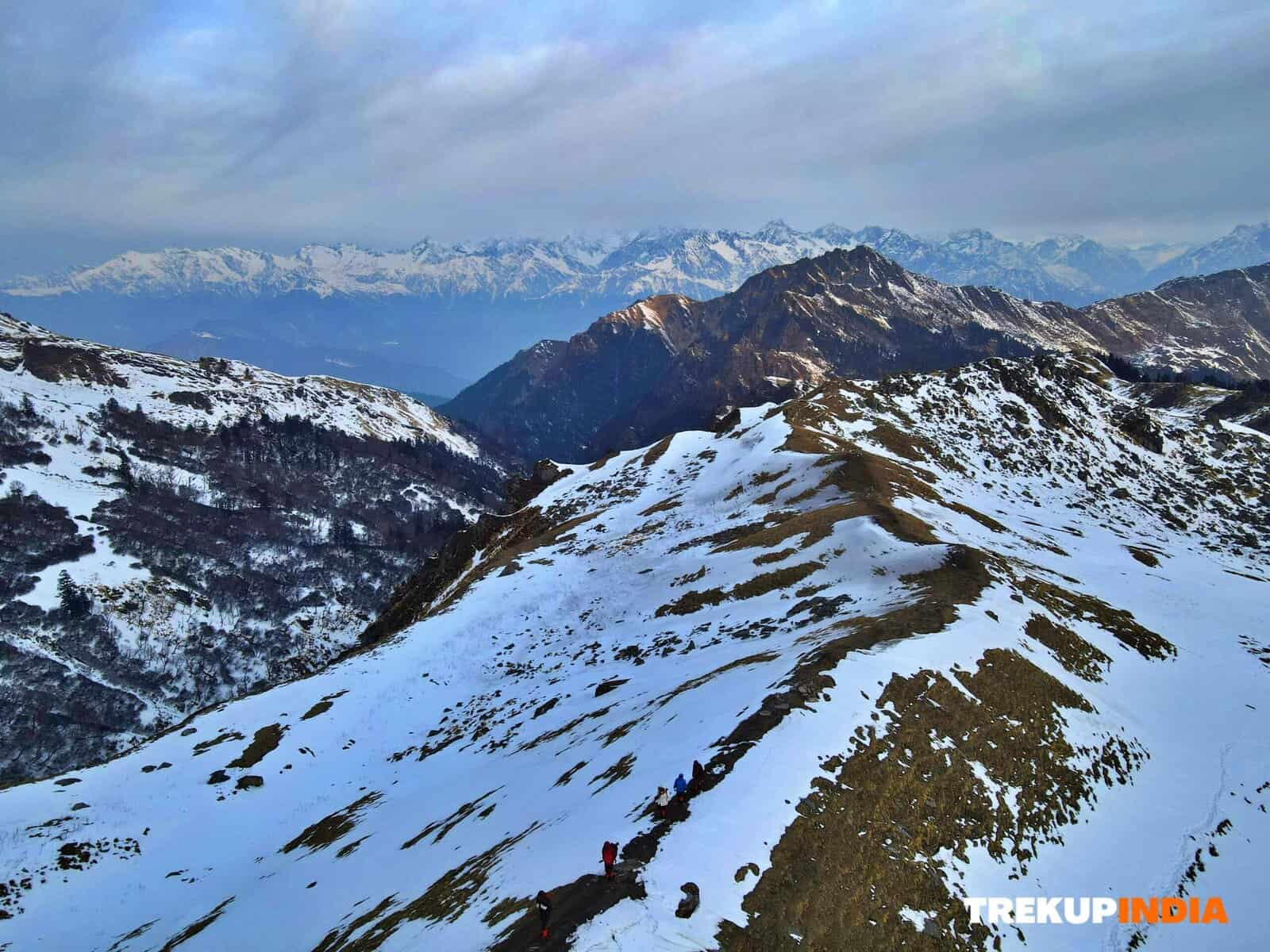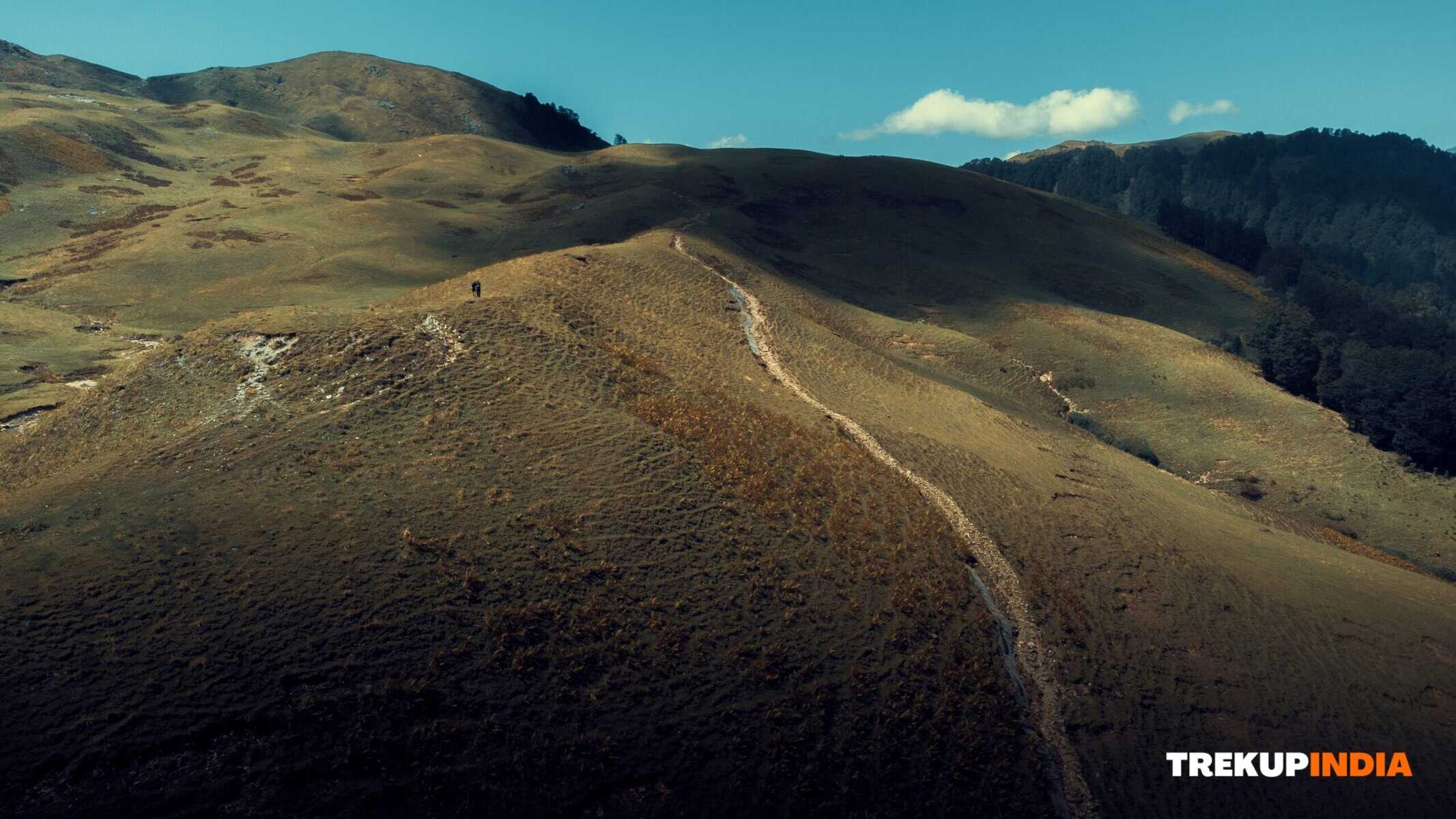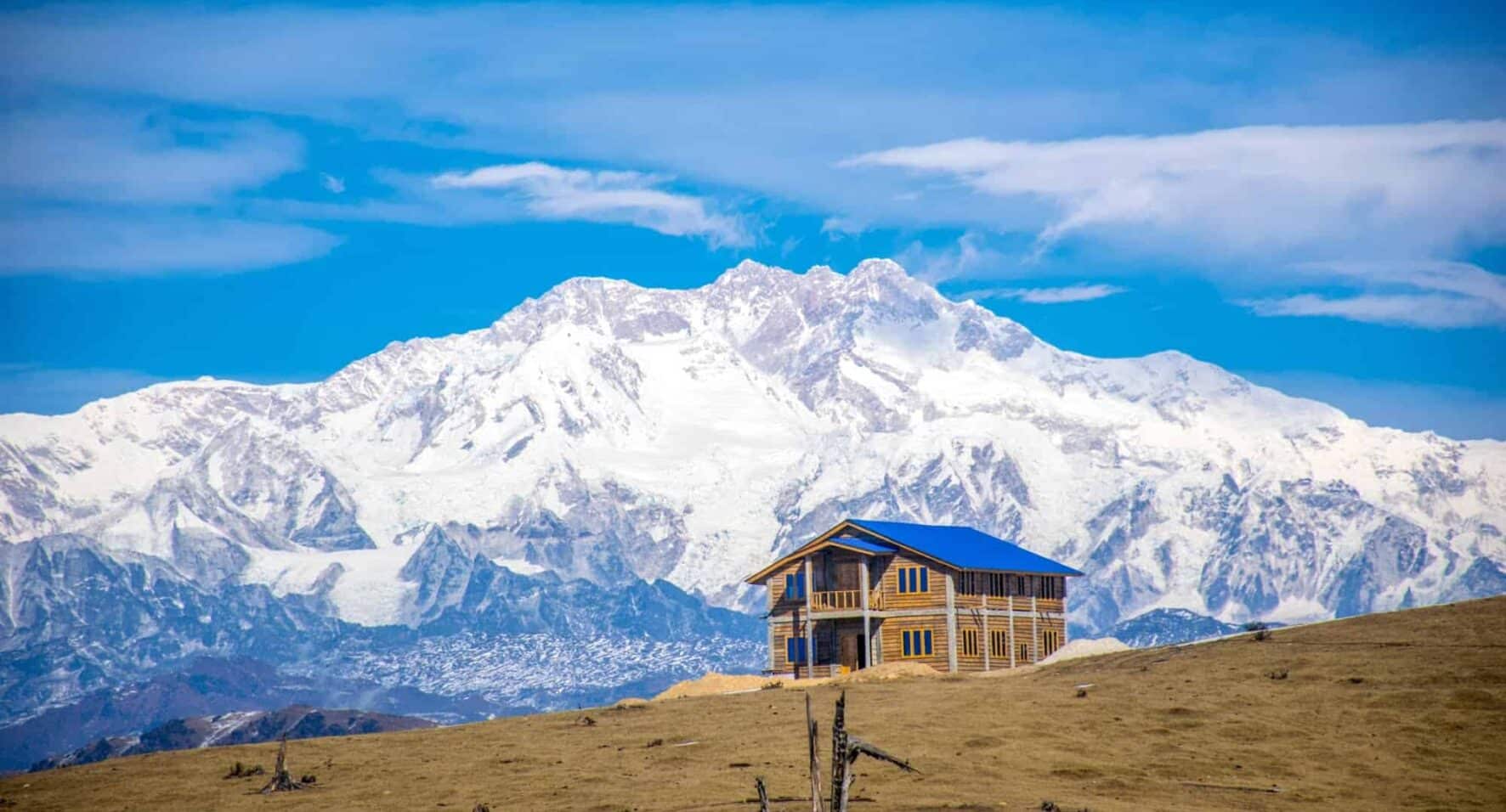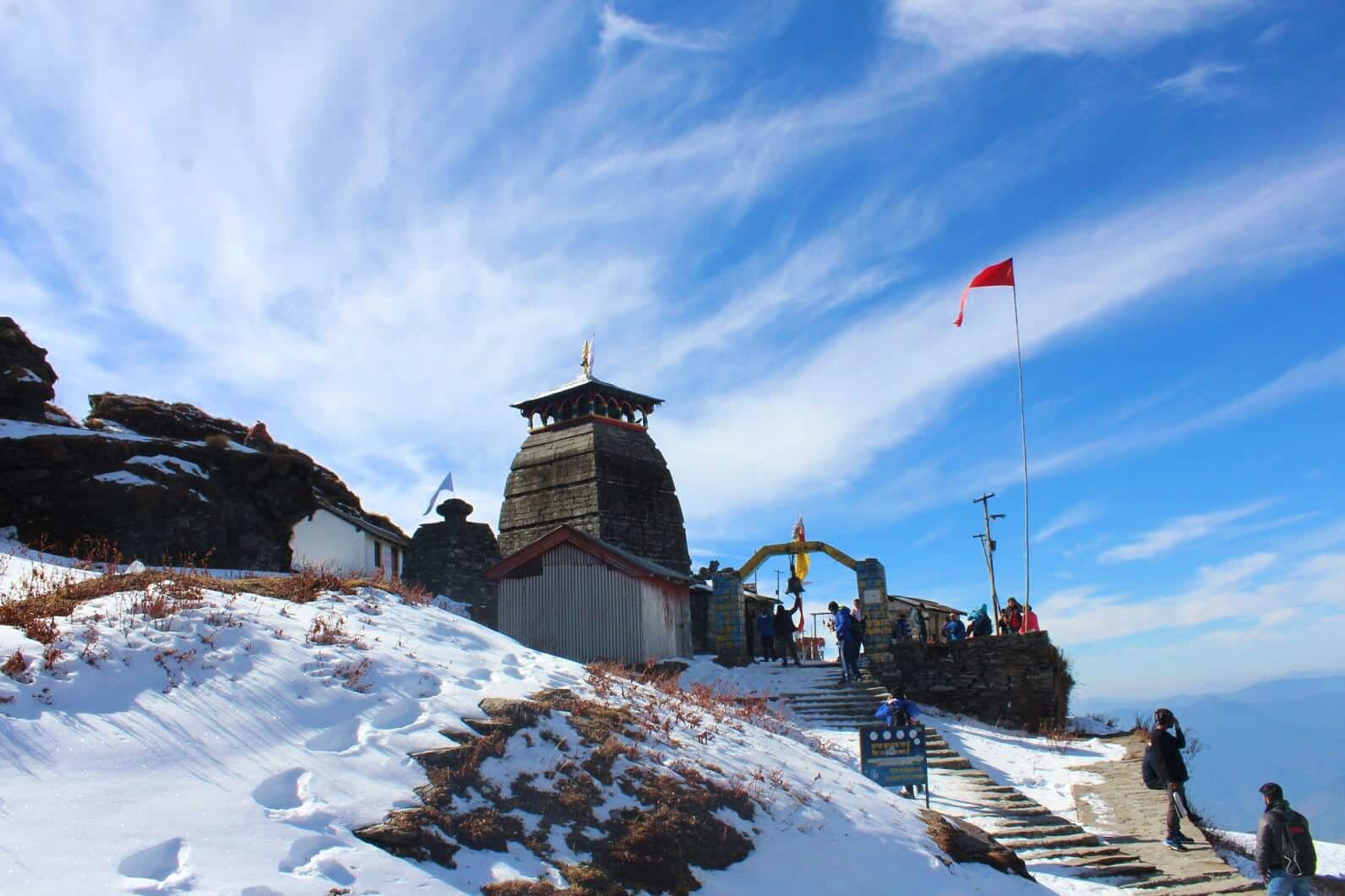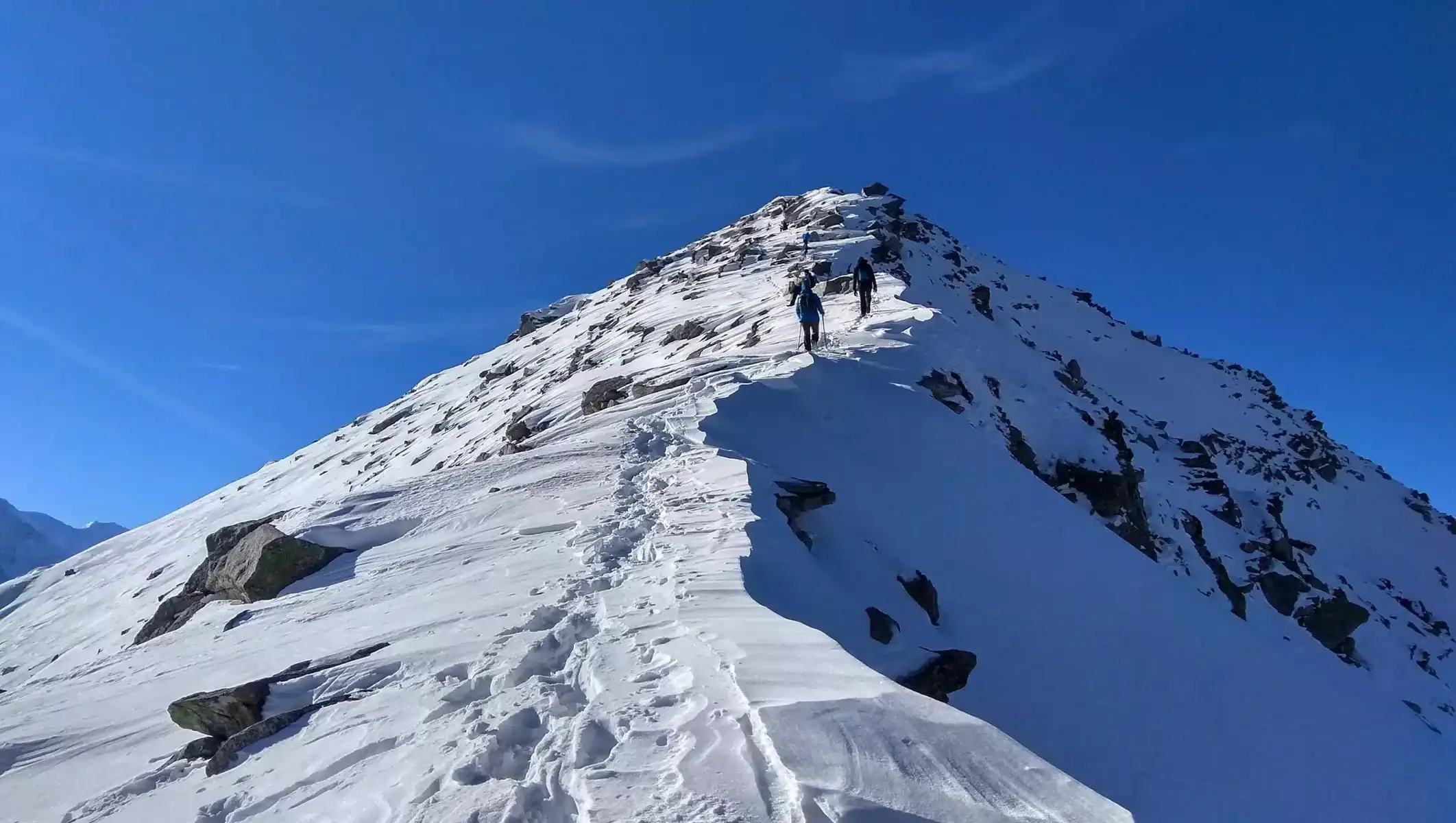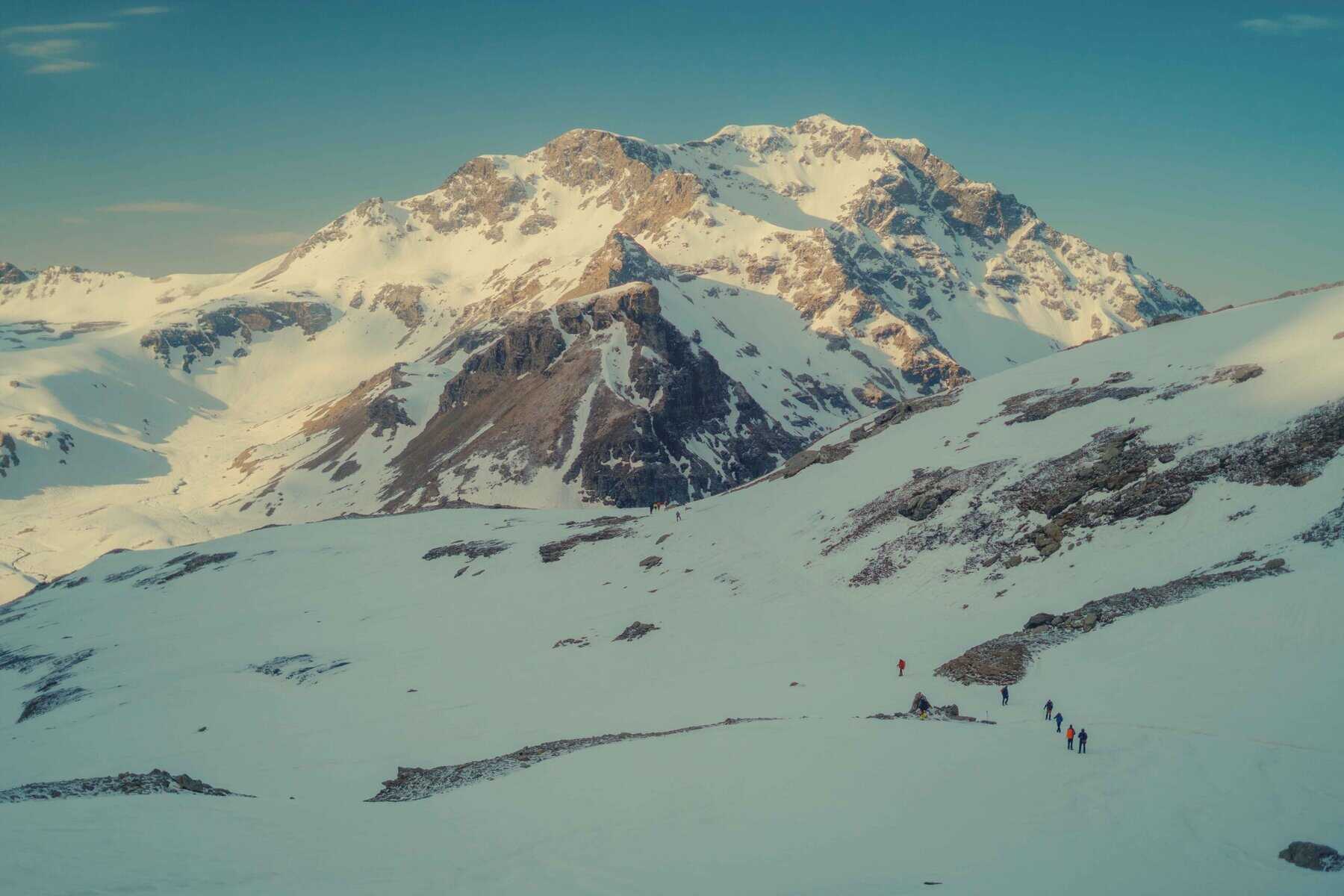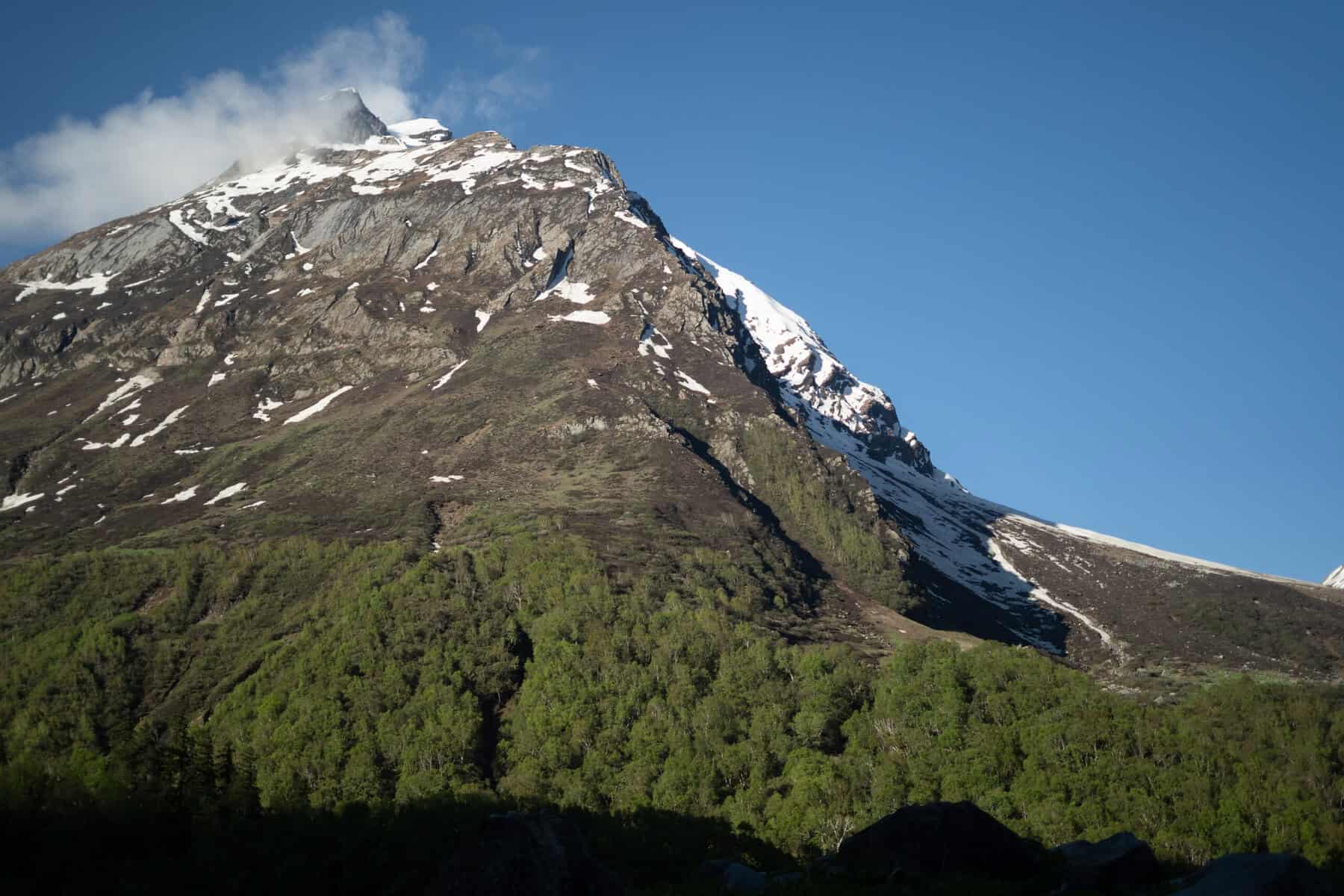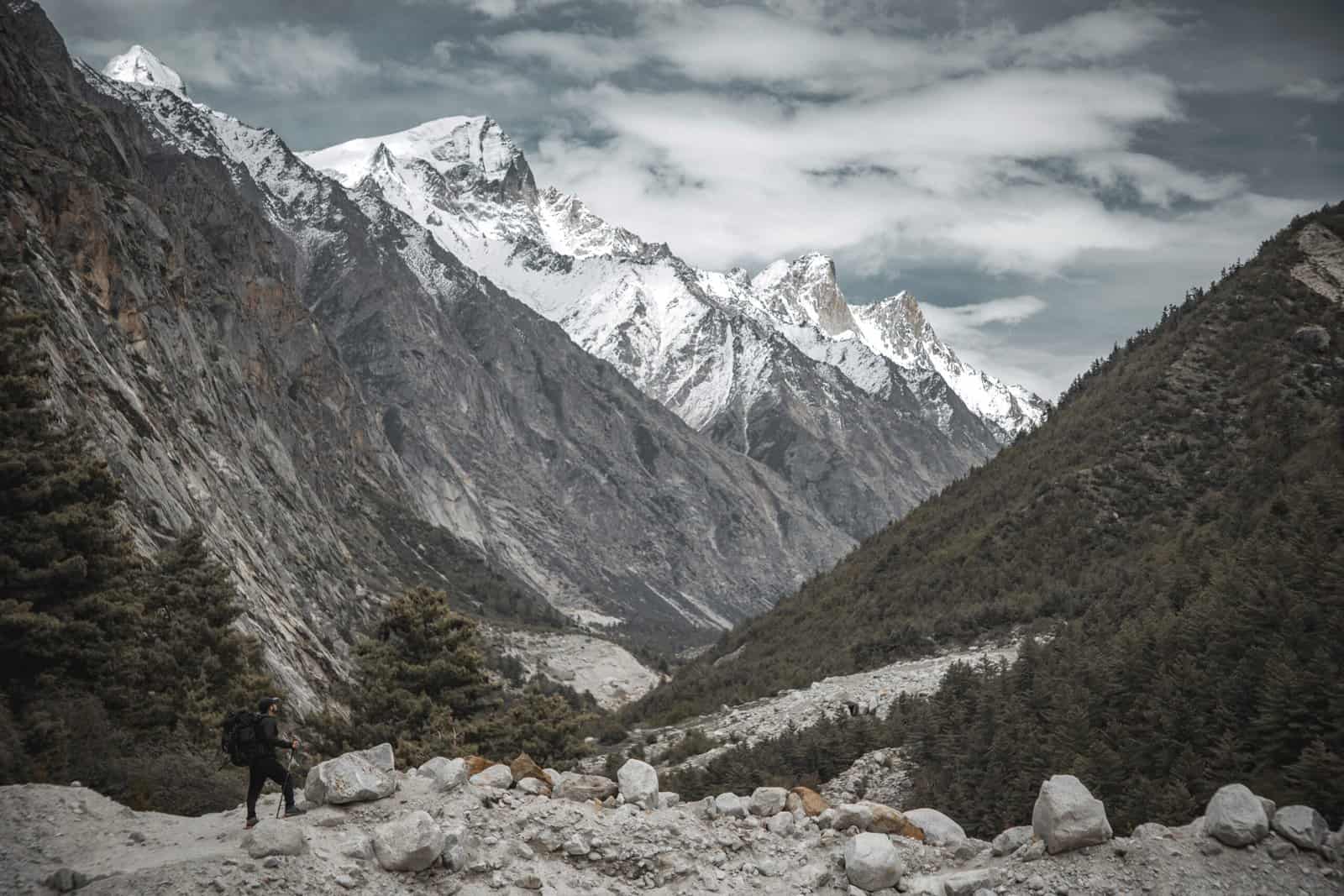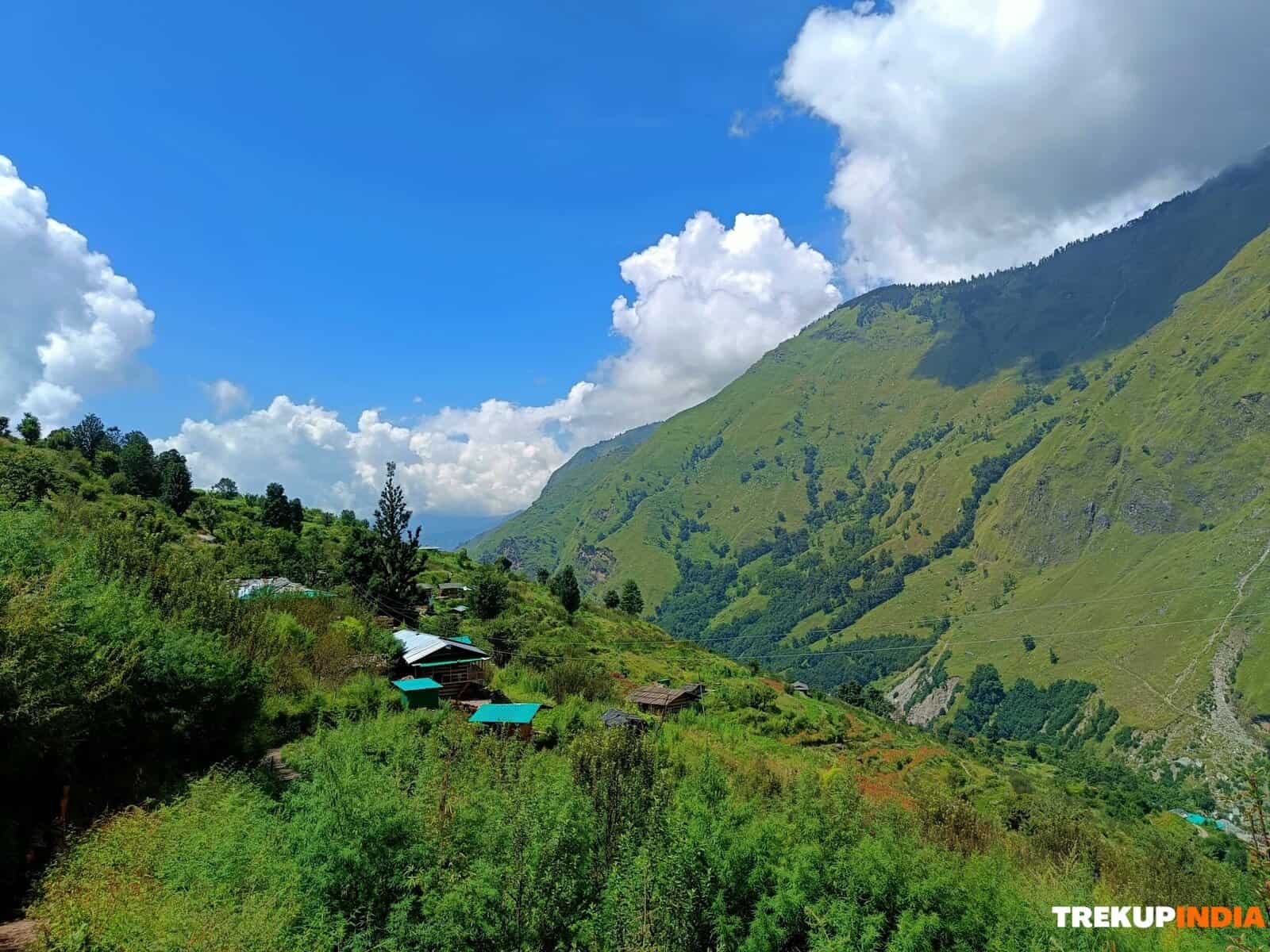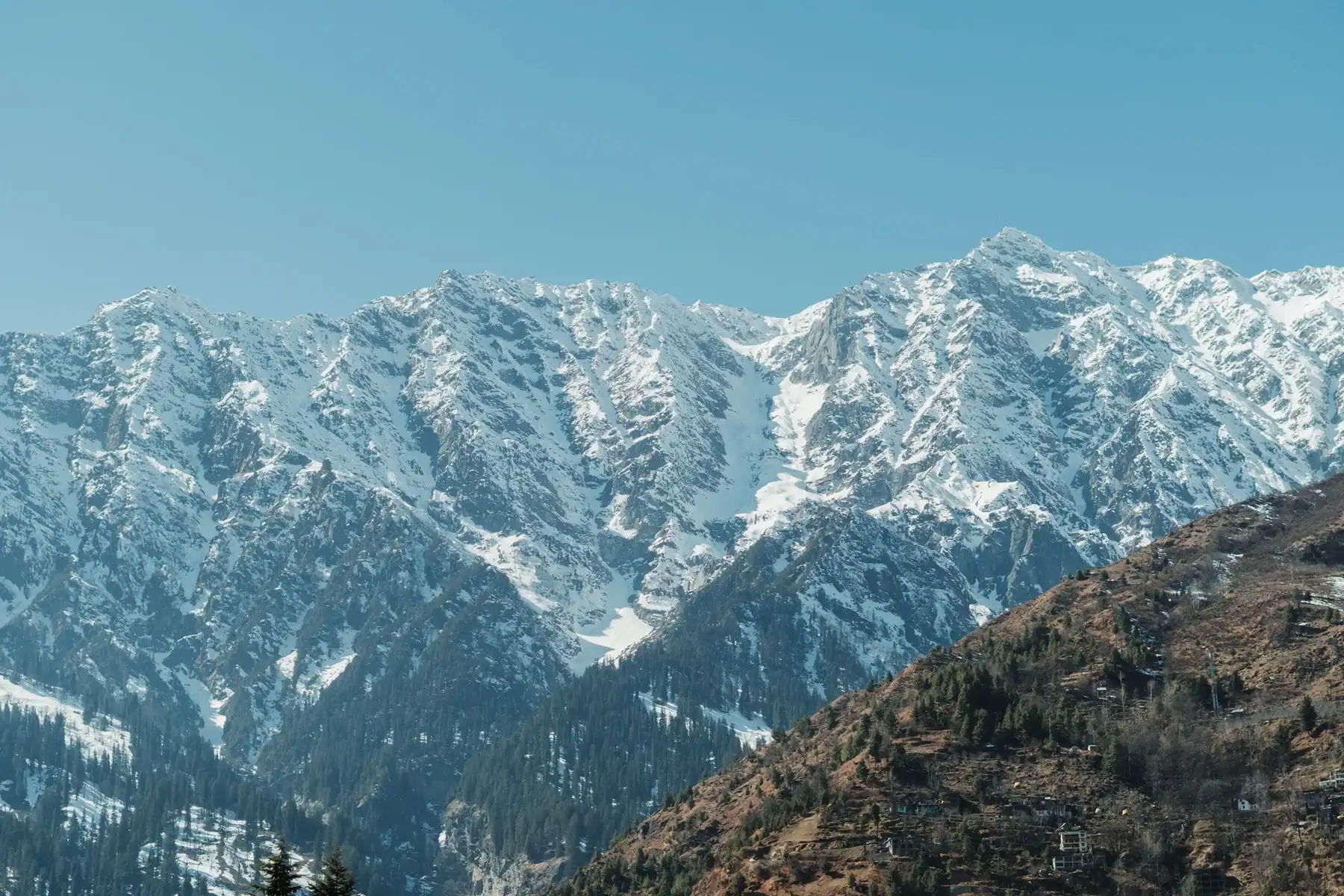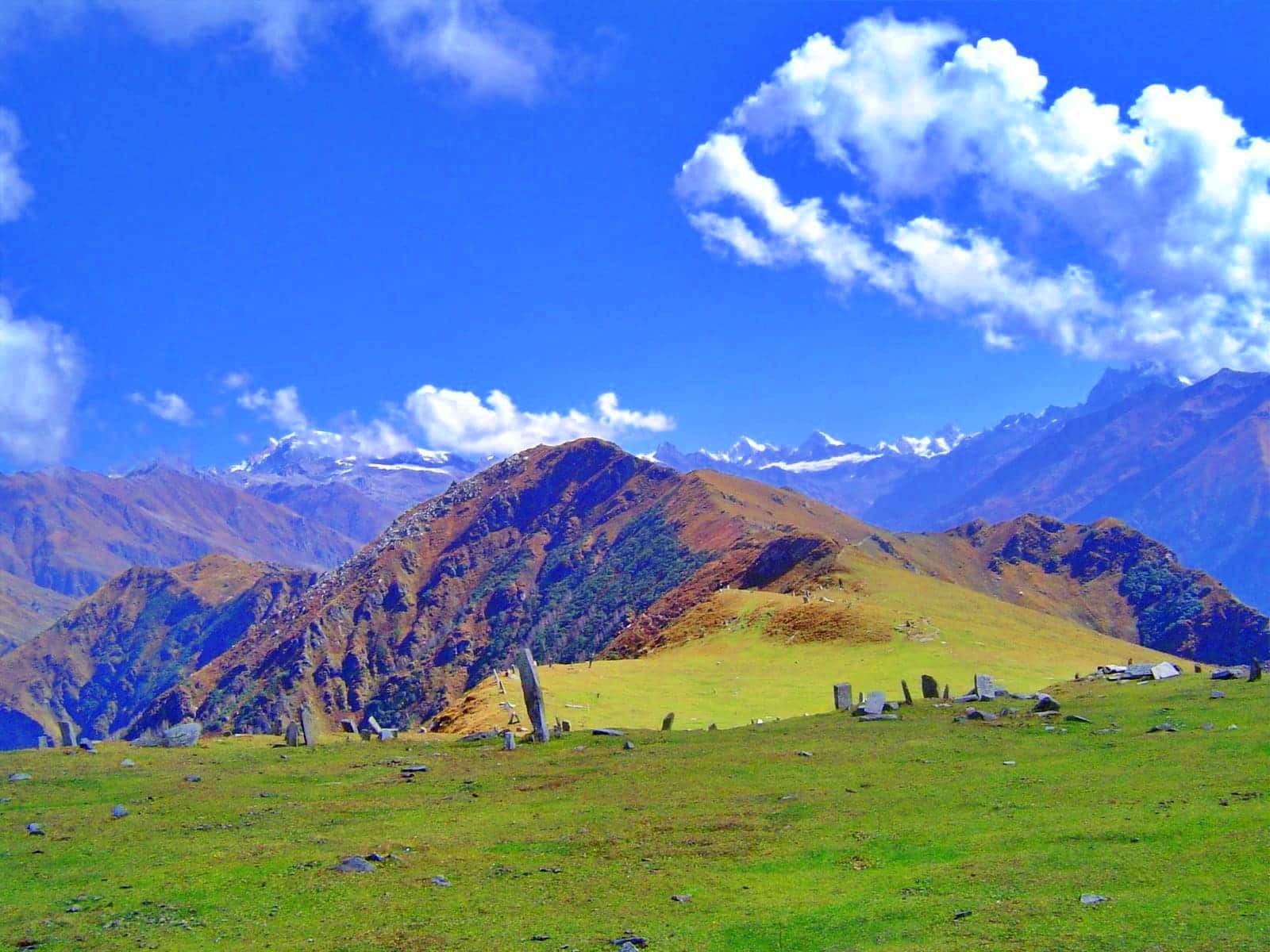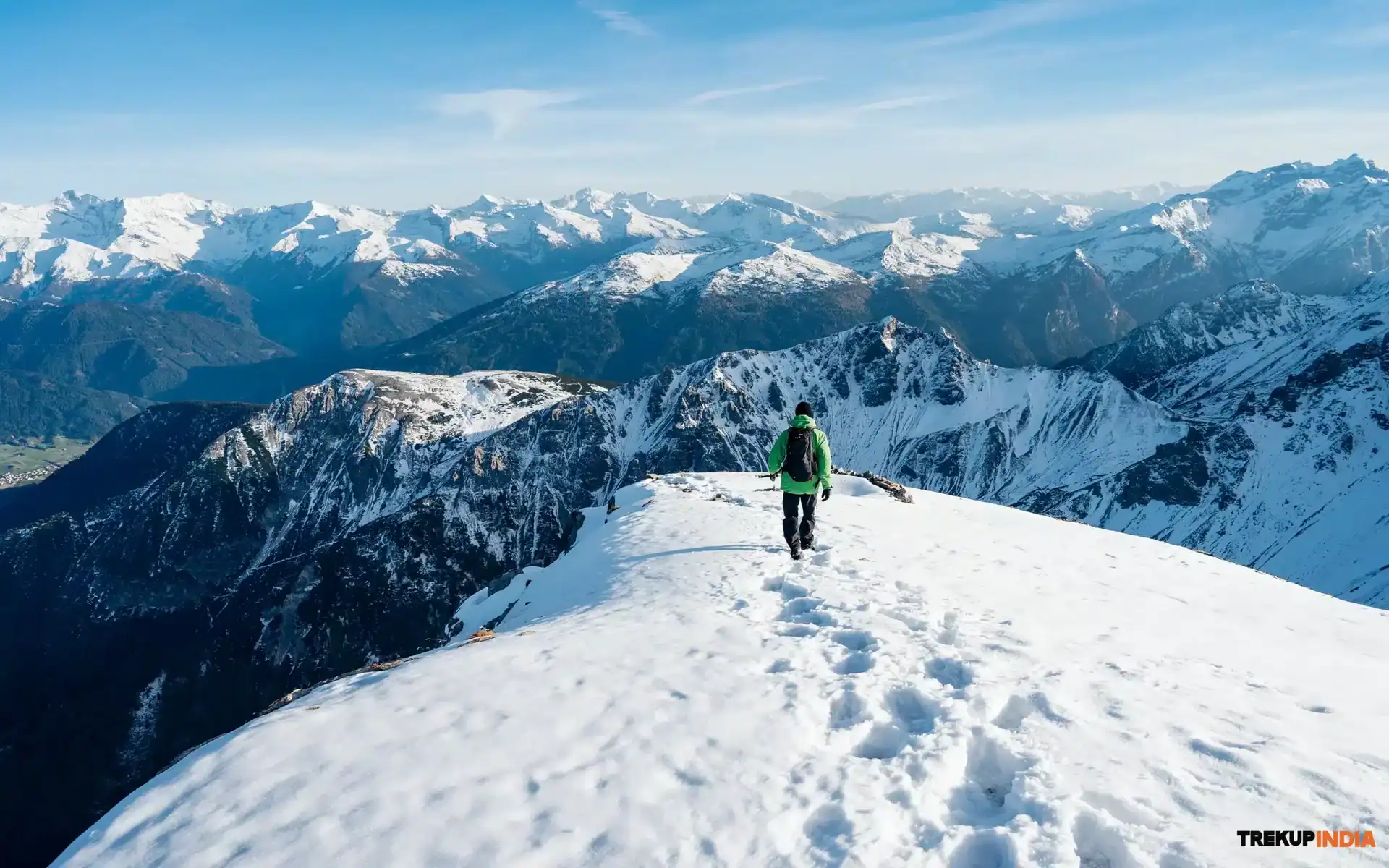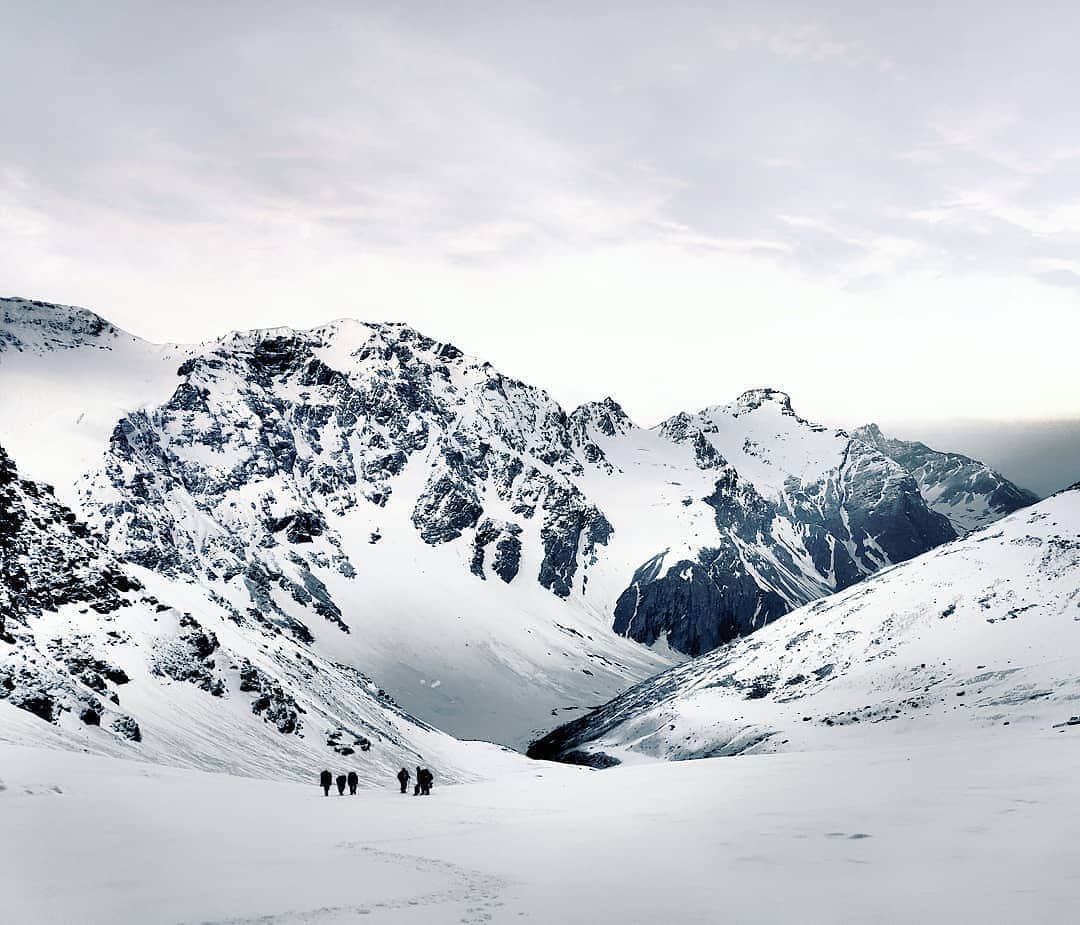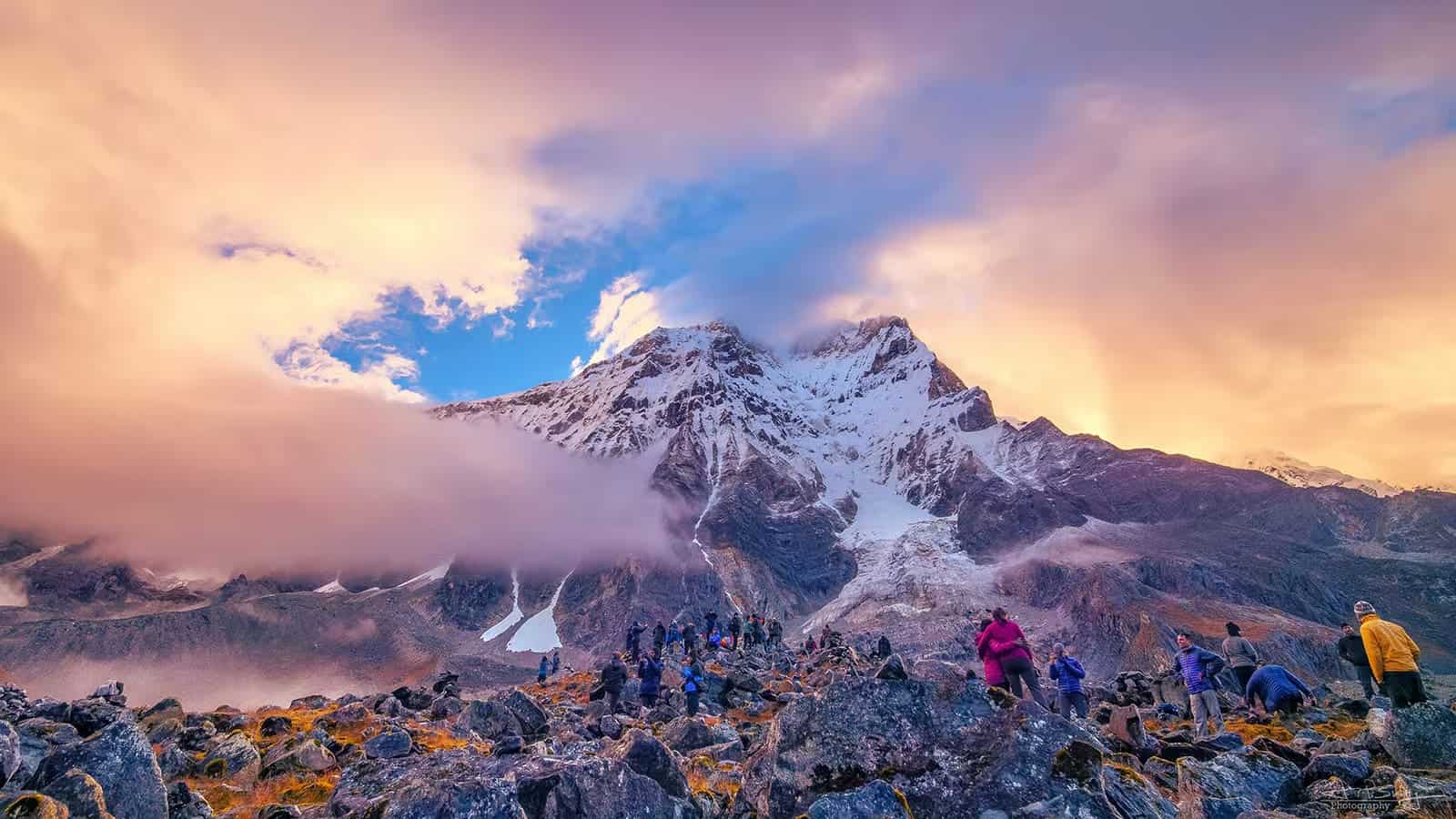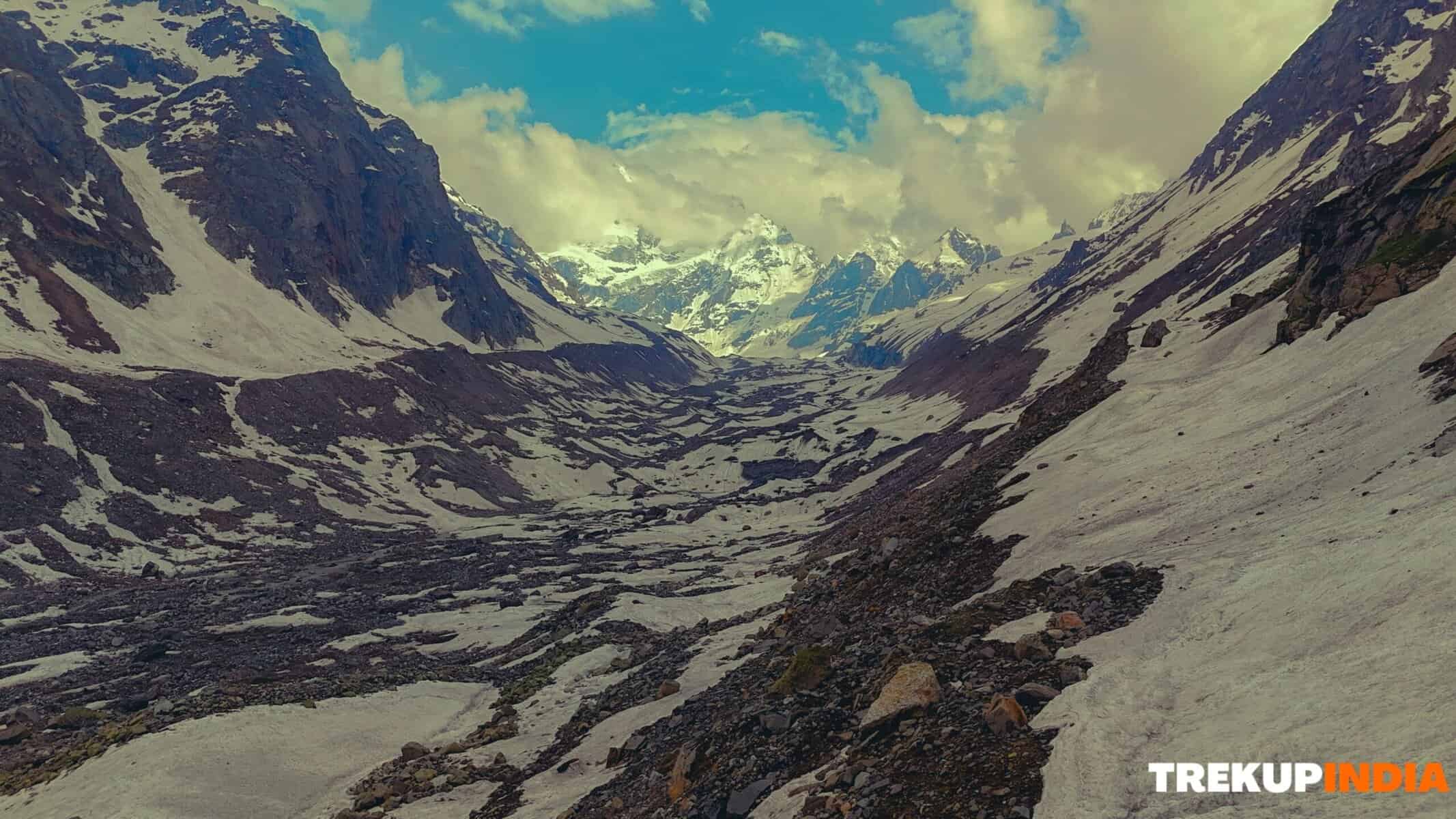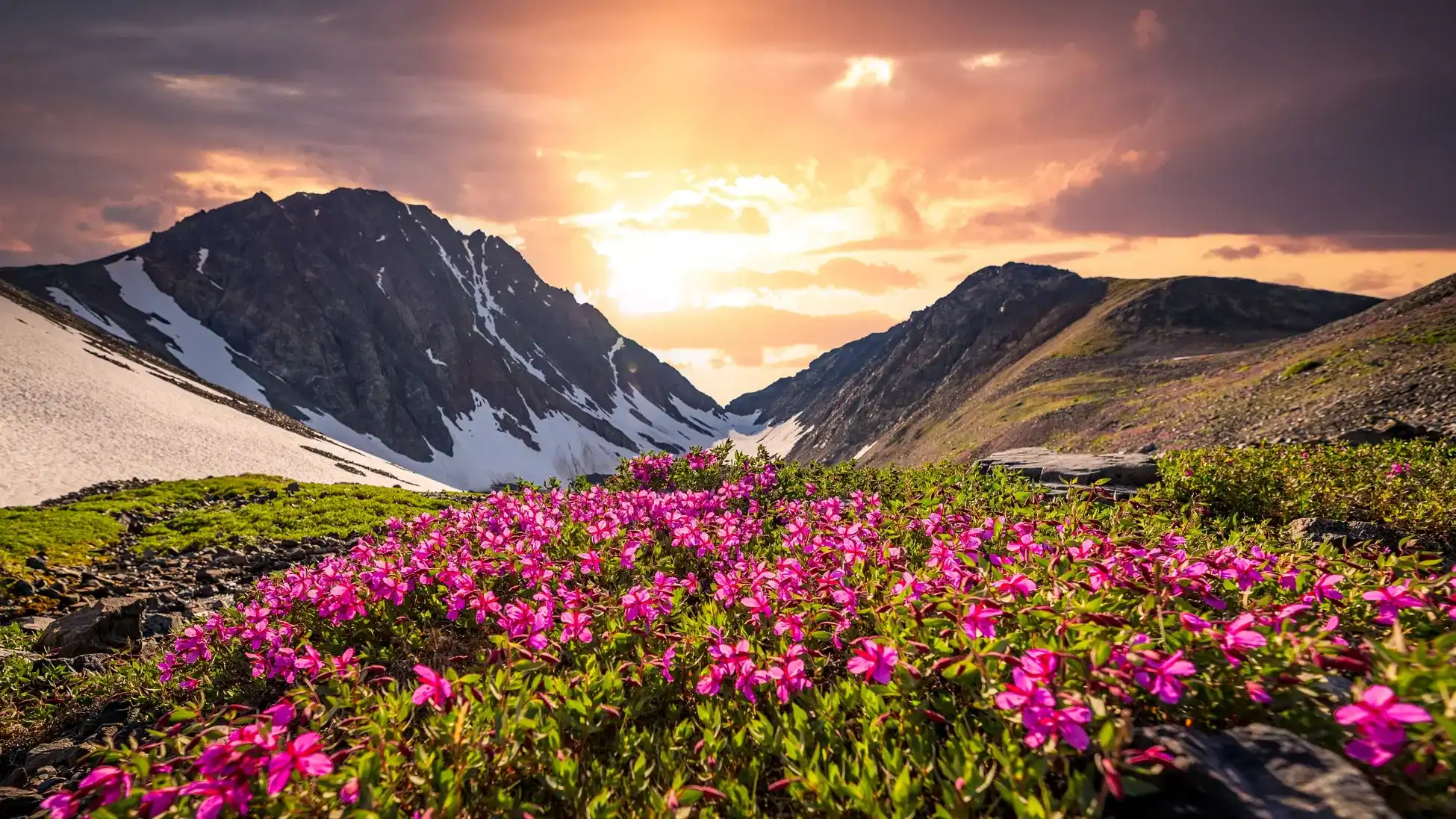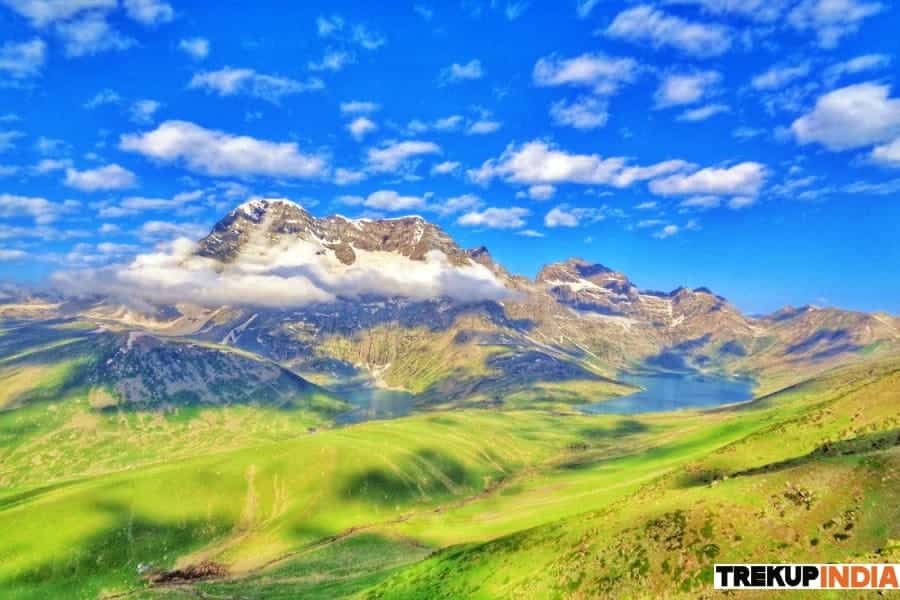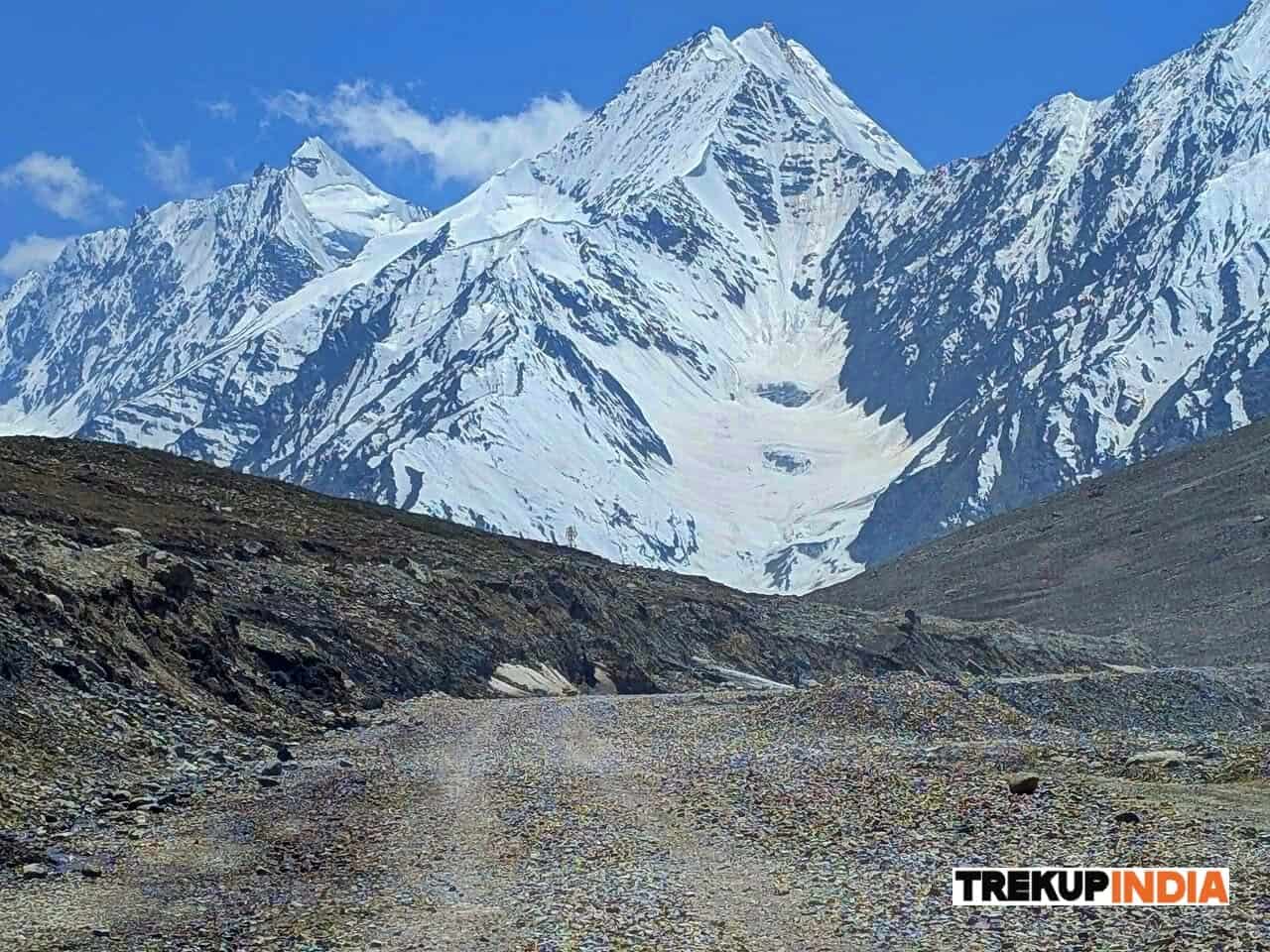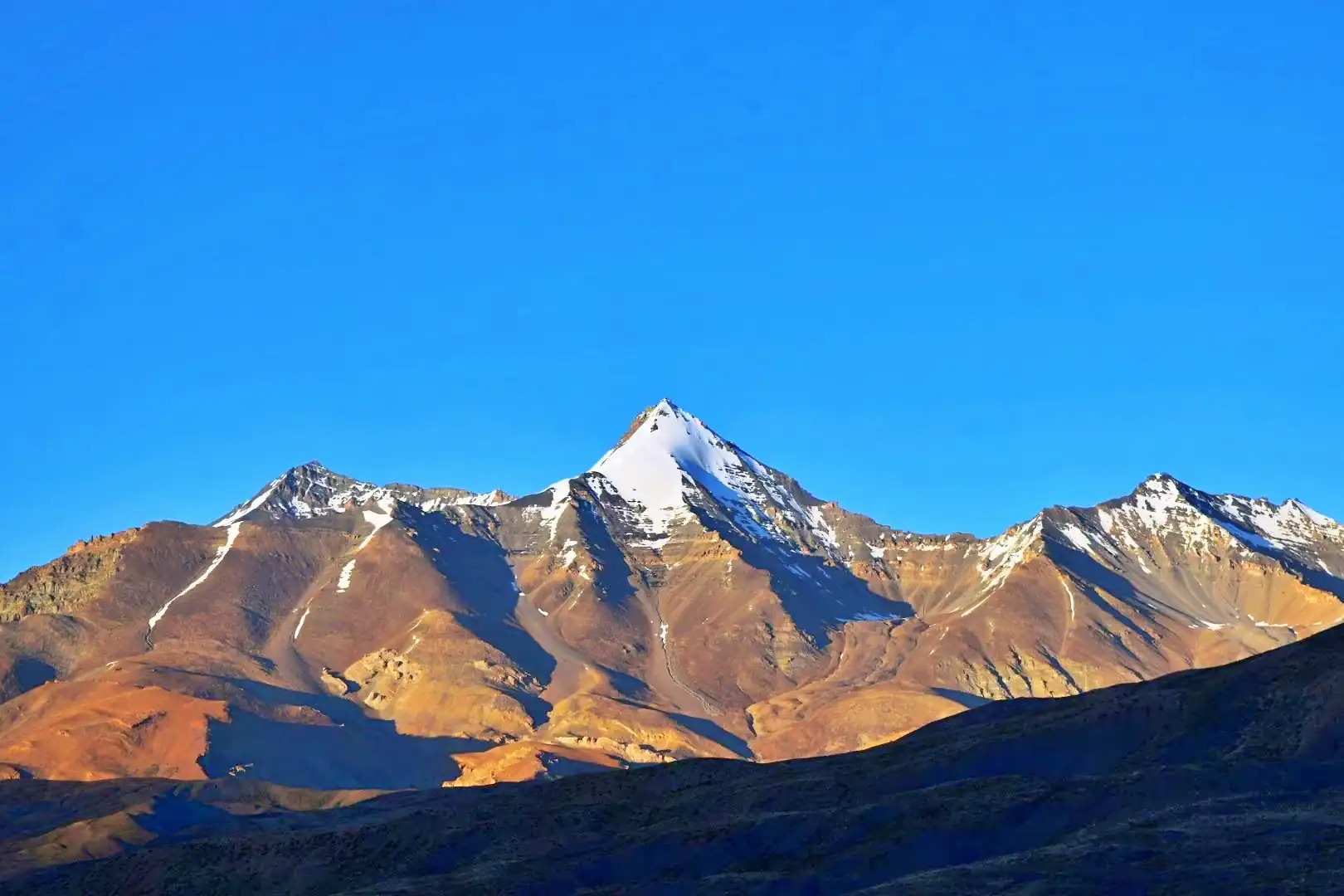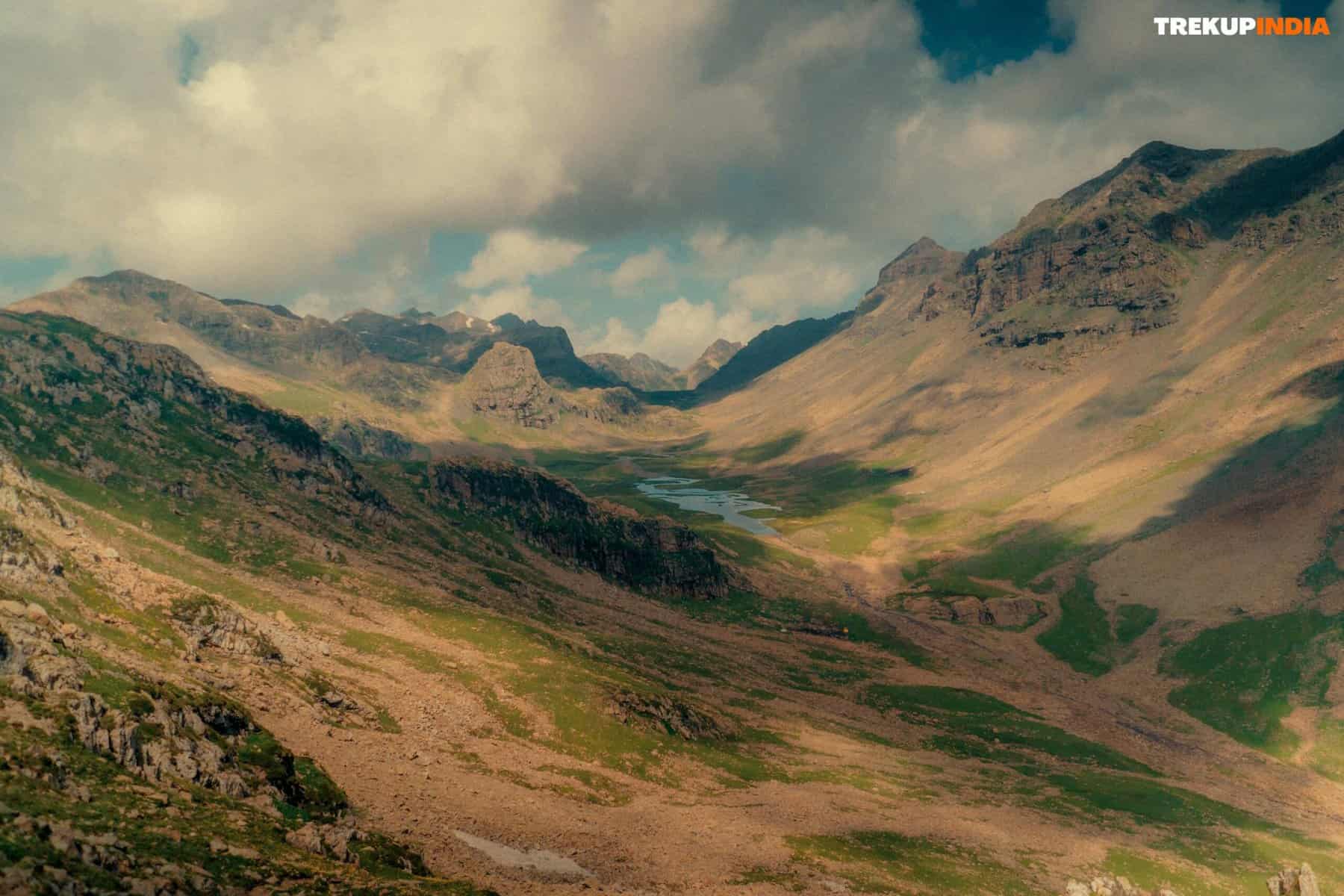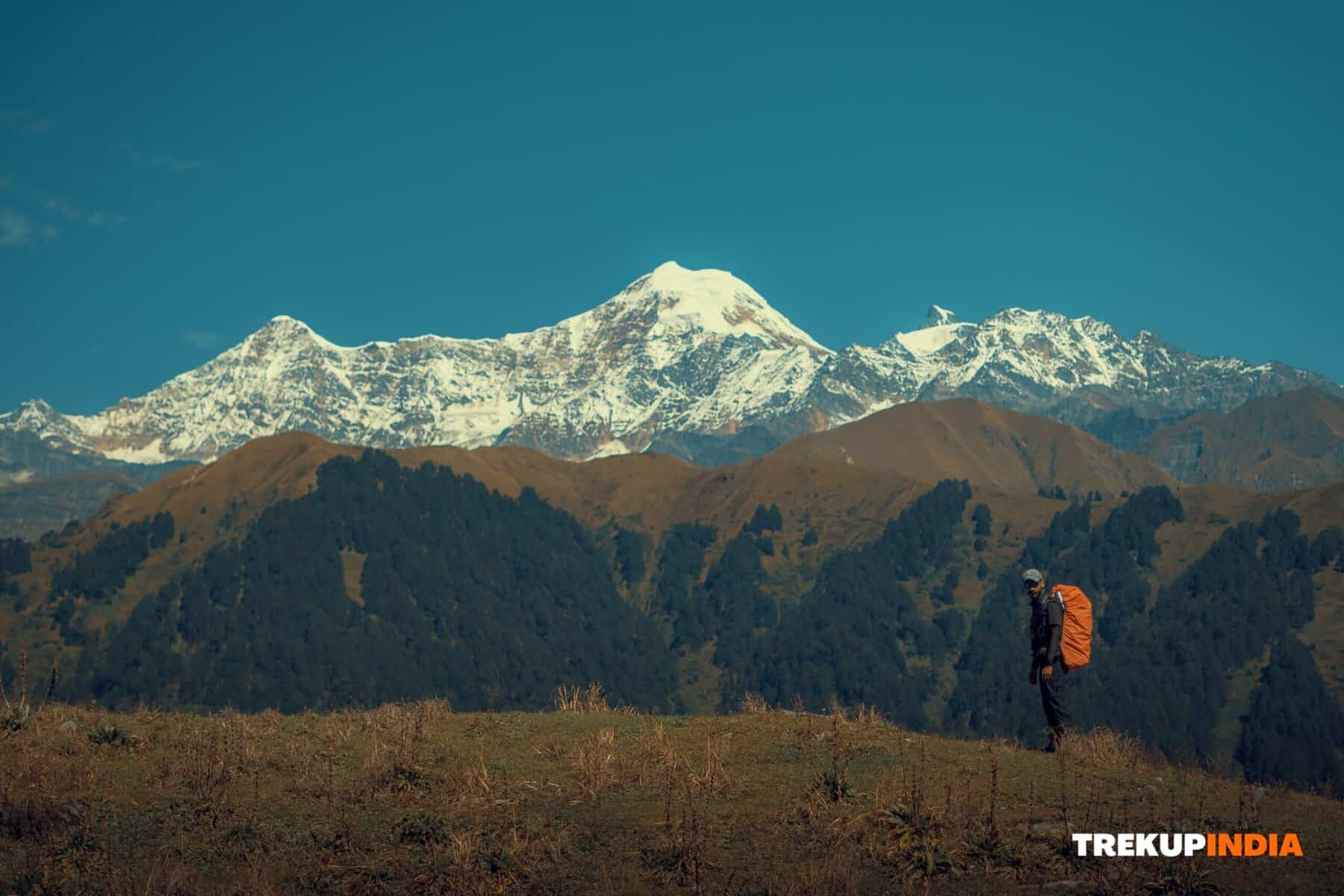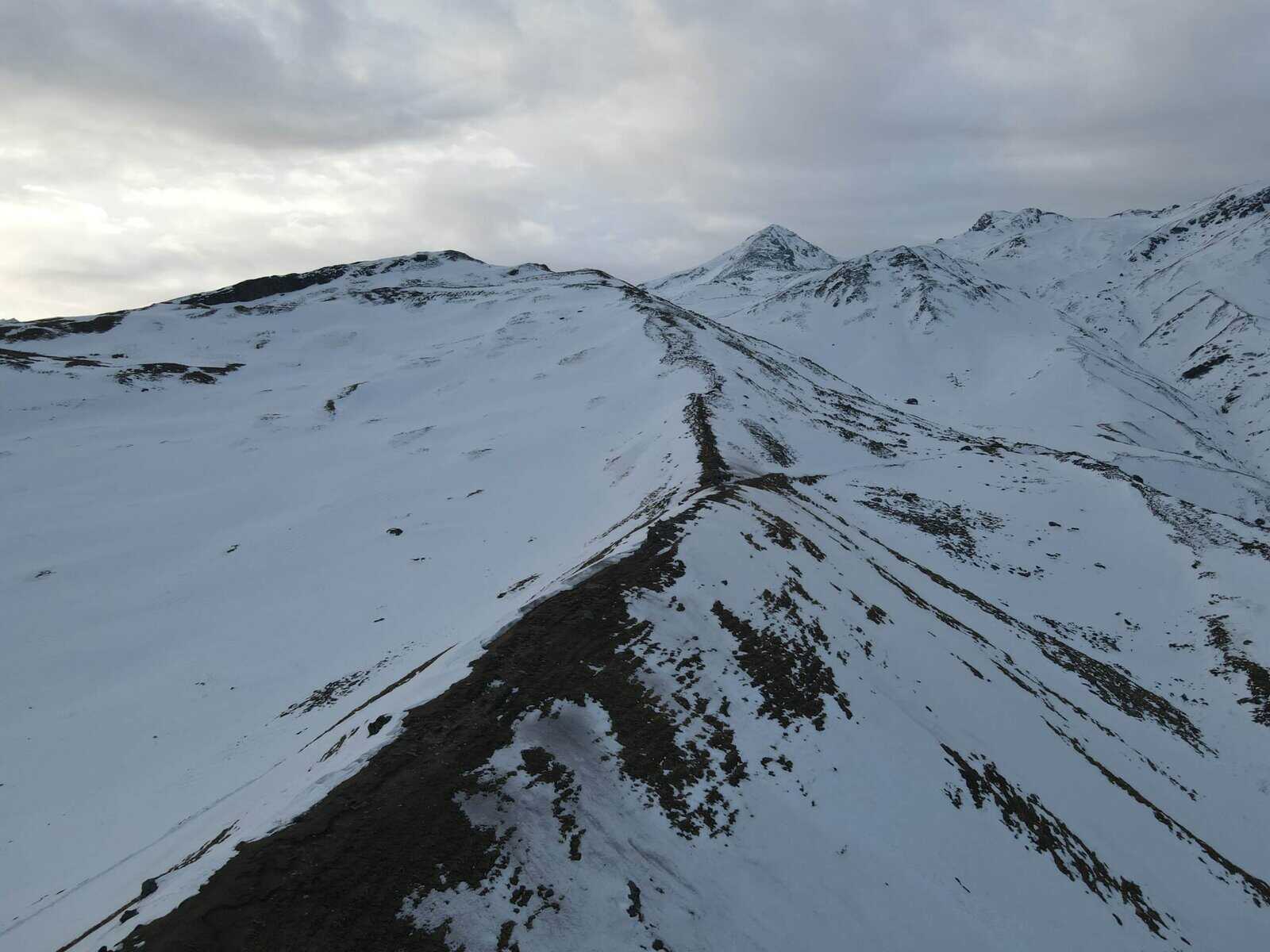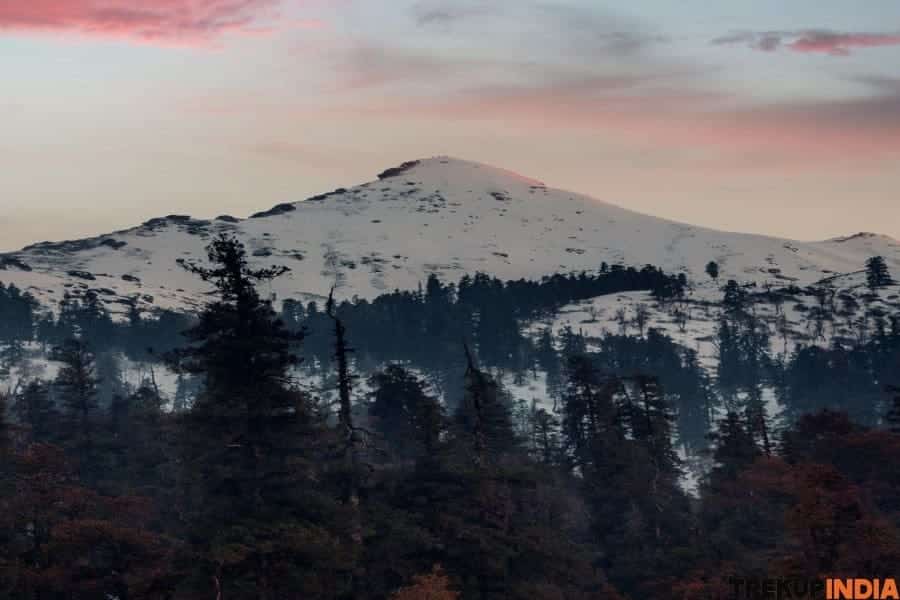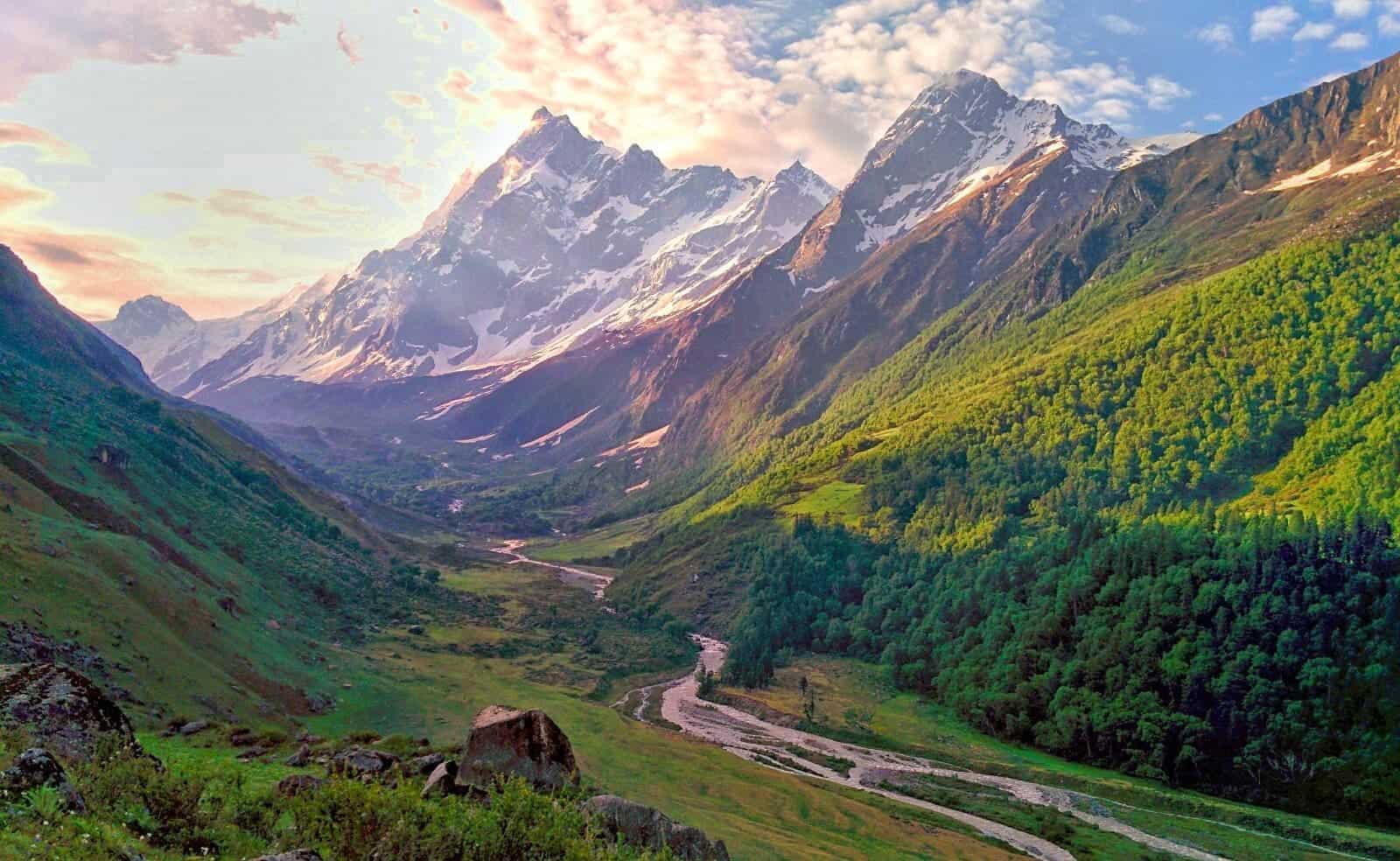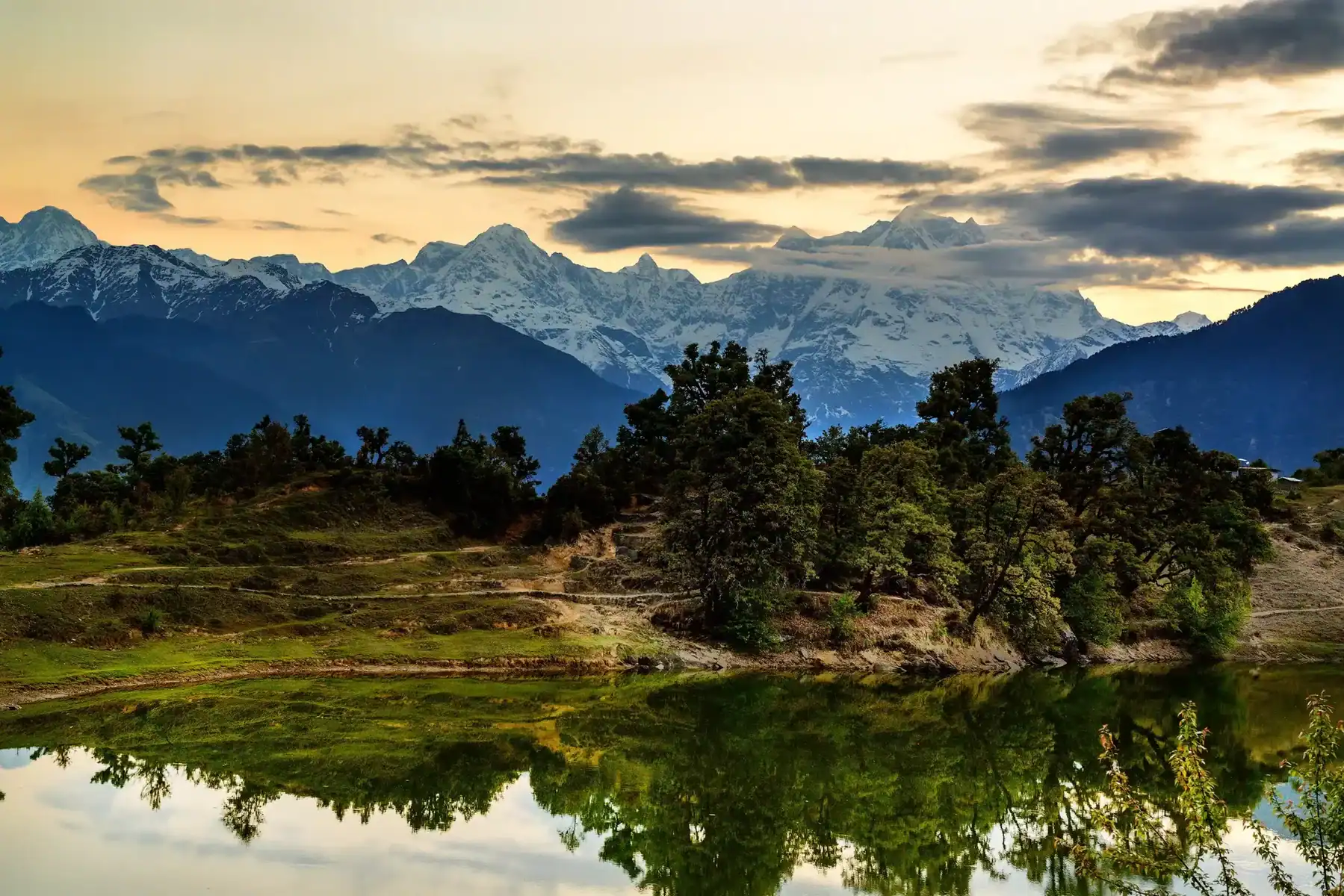Ali Bedni Bugyal vs Brahmatal – Choose Your Perfect Winter Adventure
Ali Bedni Bugyal and Brahmatal trekking routes in the Garhwal Himalayas combine all that they offer in one. Both paths are also open during winter for fantastic winter treks with breathtaking views of prominent peaks nearby, making choosing between them hard! Both treks share similar conditions and levels of difficulty! In this article, we present an overview of both treks to assist in your decision. Both treks provide an introduction to Himalayan trekking and are beautiful landscapes; using this information to choose the appropriate winter trip is key.
Ali Bedni Bugyal vs Brahmatal
Difficulty on the trek
Ali Bedni Bugyal spans 30 km over six days which passing through meadows, hamlets, and forests before reaching Bedni Top with stunning views of the Garhwal Himalayas. Although most of this trek is moderate and gradual, its final leg leads uphill towards Bedni Top can present you with a steep ascent uphill up to an hour long, ascent may become difficult and strenuous enough. Brahmatal covers 35 kilometres over six days, traveling through meadows and ridges of the Garhwal Himalayas before culminating at its summit – not an easy trek during winter months, when trekkers must face deep knee-deep snow cover when ascending it.
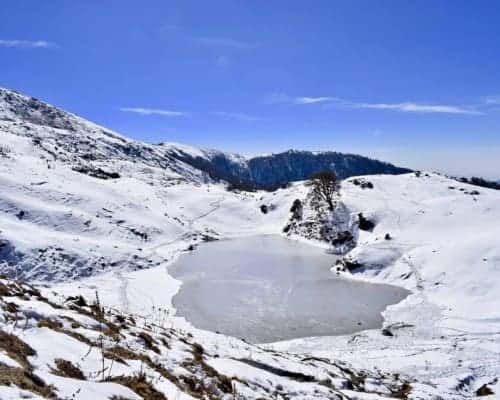
The summit view
Bedni Top provides close-up views of both Mt Trishul and Nanda Ghunti. Bedni Top provides close-up views of both Mt Trishul and Nanda Ghunti that almost make you think that you could reach them with just a few steps uphill – they appear close but far. Brahmatal Peak provides breathtaking vistas that include Mount Trishul, Mt Nanda Ghunti, Chaukhamba Mountain Range, and Neelkanth Mountain Group – each named to reference Hindu mythology, making for a nearly spiritual experience looking out over a seemingly limitless expanse of mountains that extend away into infinity.
Trek route
Ali Bedni Bugyal Trek offers an ever-evolving journey over varied terrain: stone-paved treks give way to dirt paths, open land of oak forests and open fields, and this is only on day one. On subsequent days, we venture through thick forest before reaching wide meadows with stunning views of the Garhwal Himalayas mountains. Brahmatal offers a thrilling trek along mountain ridges, offering stunning views of snow-covered peaks that will have your jaw dropping. The trek from Brahmatal summit is not long, yet it will guide you steadily toward its endpoint.
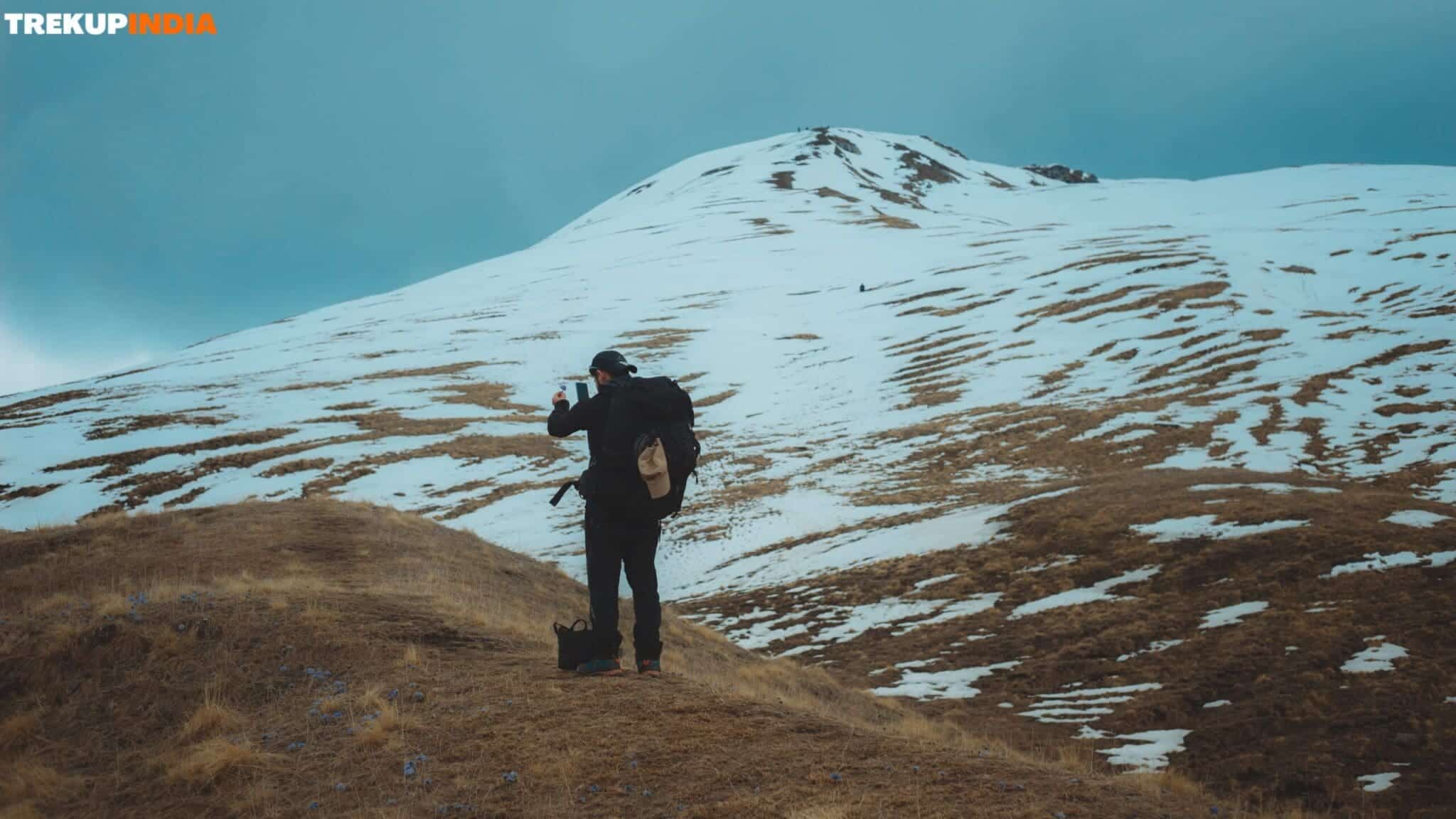
Trekkers on the Trek
Brahmatal and Ali Bedni Bugyal differ significantly when it comes to trekking on their respective treks. Brahmatal has seen incredible popularity surge over time and now ranks amongst the most desirable options for winter treks, while Ali Bedni Bugyal remains relatively inaccessible – meaning less people on its paths and more meadow views and meadows for us to appreciate!
Flora and Fauna
Oak and Rhododendron trees can often be seen within Ali Bedni Bugyal forests, and meadows are home to Brahma Kamal as well as Blue Poppy flowers. You might even get lucky enough to spot a Himalayan Musk Deer Barking Deer, or a Himalayan Black Bear! Cedar and Fir Conifers make up most of the dense forest surrounding the Gujreni Camp Site on the Brahmatal Trekking Route. Lohajung’s forests provide shelter to various bird species, with one such bird known as the Monal being found endemic here, and its chances of sighting are very likely.
About Author
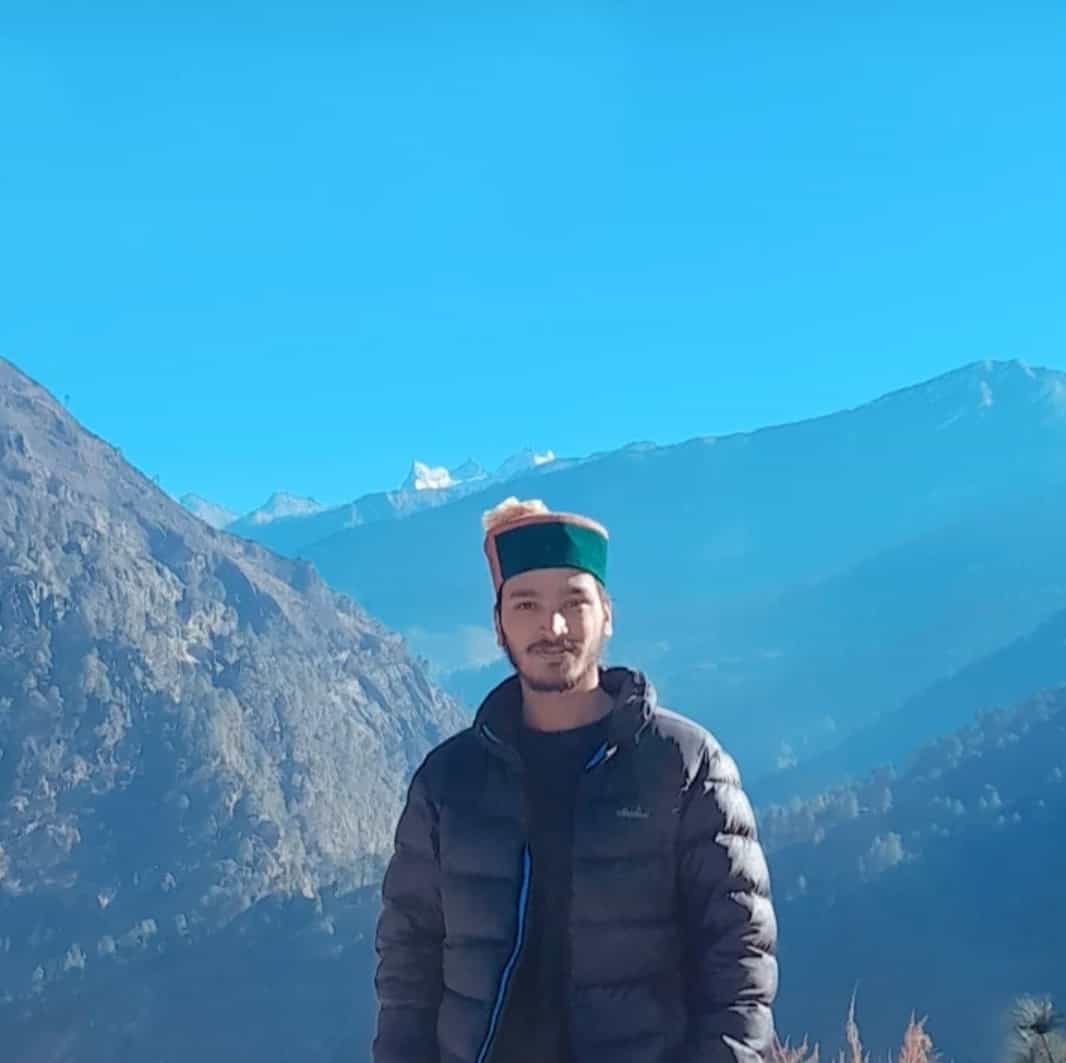
Anoop Rawat (Admin TrekUp India)
Anoop has worked for 5 years as a Trek Leader with TrekUpIndia, leading numerous treks across the diverse and challenging terrains of Uttarakhand and Himachal Pradesh. He holds a degree in Geology with a specialization in Geographic Information Systems (GIS) from UPES Dehradun. During his academic years, he actively applied his classroom knowledge in the field—most notably by contributing to a glacier research project on the Jundar Glacier in the Har Ki Dun Valley, Uttarakhand. Write Anoop at anoop@trekupindia.com
Share this article
Dates For Upcoming Treks
Want To Trek Like Pro?
Basically, watch these videos if you want to trek the same way professional trekkers do and make your skills better. These videos contain useful tips and techniques to further improve your trekking skills itself. These videos actually help both new and experienced trekkers improve their trekking skills. These videos definitely provide useful tips that make your trek better. We are seeing that these videos by Trekup India experts will only help you make your trekking skills better.
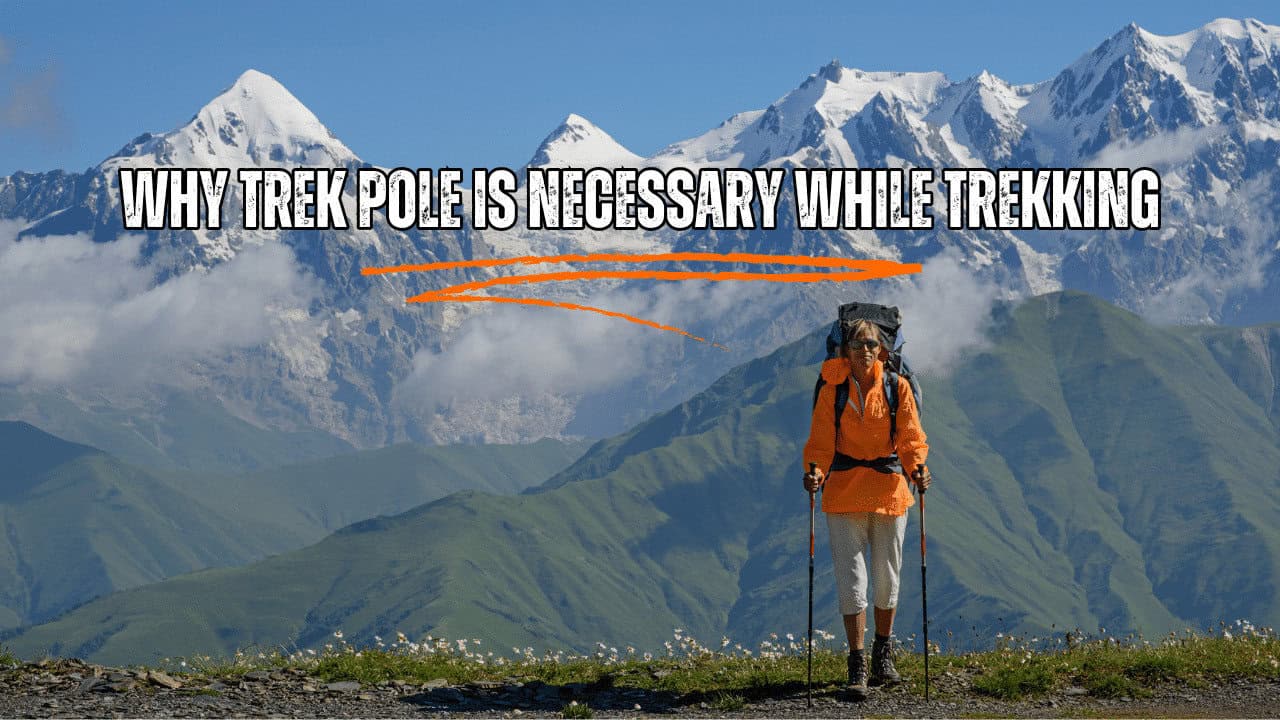
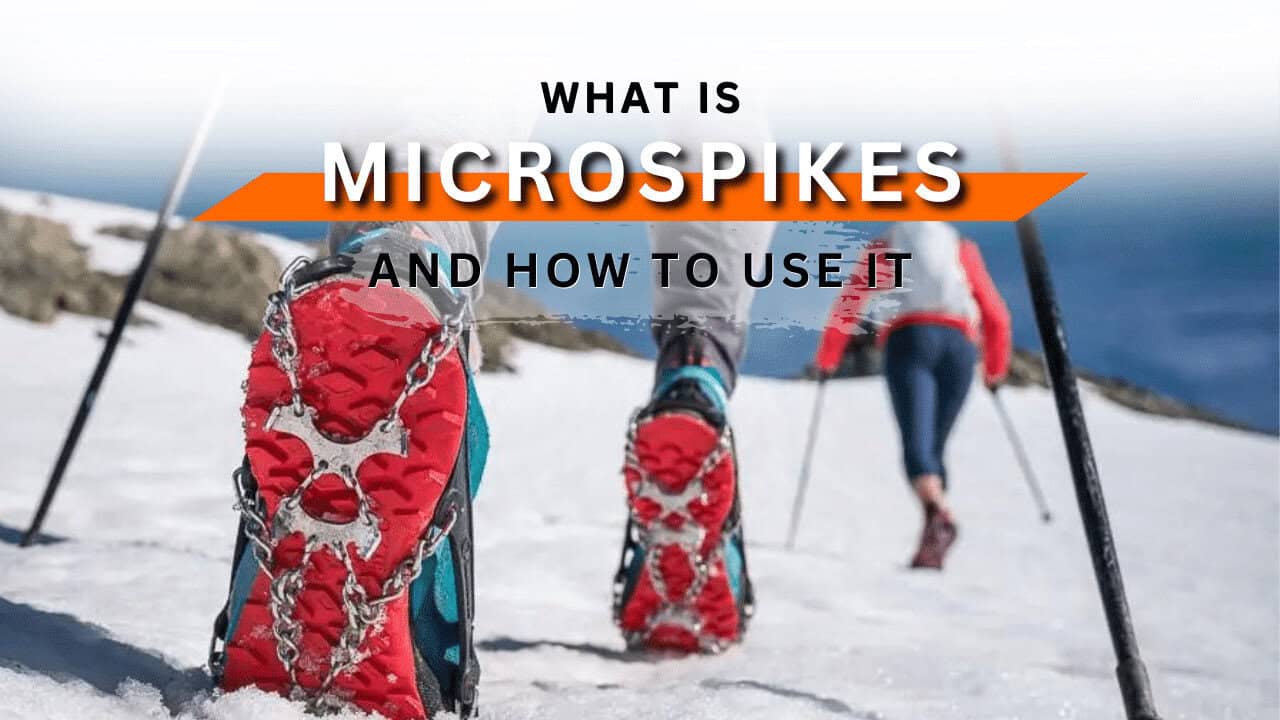
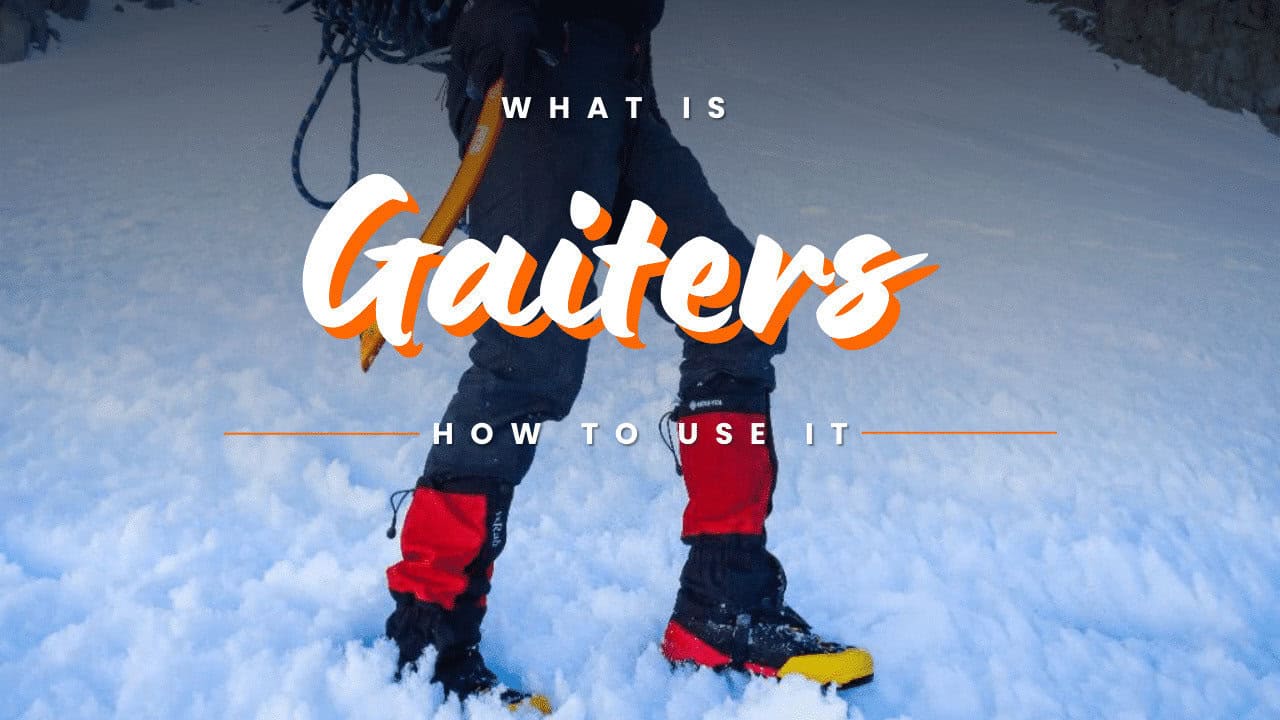

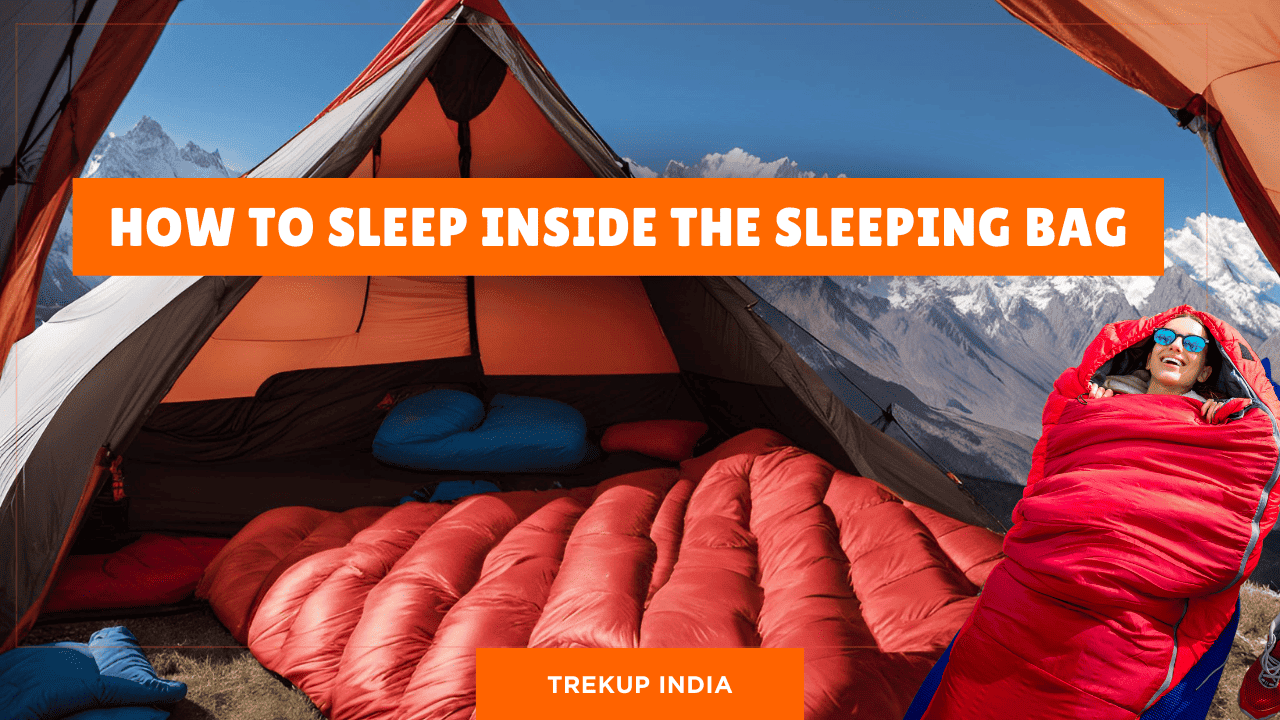


Know Everything About Acute Mountain Sickness
Acute Mountain Sickness occurs when people trek to high altitudes above 8,000 feet. This condition itself develops further due to reduced oxygen levels at such heights. Basically, as you go higher up, the air pressure and oxygen levels decrease, which causes the same problem. Acute Mountain Sickness surely causes headache, nausea, vomiting, and dizziness in affected persons. Moreover, peoples also experience difficulty in sleeping during this condition. To avoid mountain sickness, you should actually trek up slowly to higher altitudes. To learn further about this condition itself, watch the videos by Trekup India.
